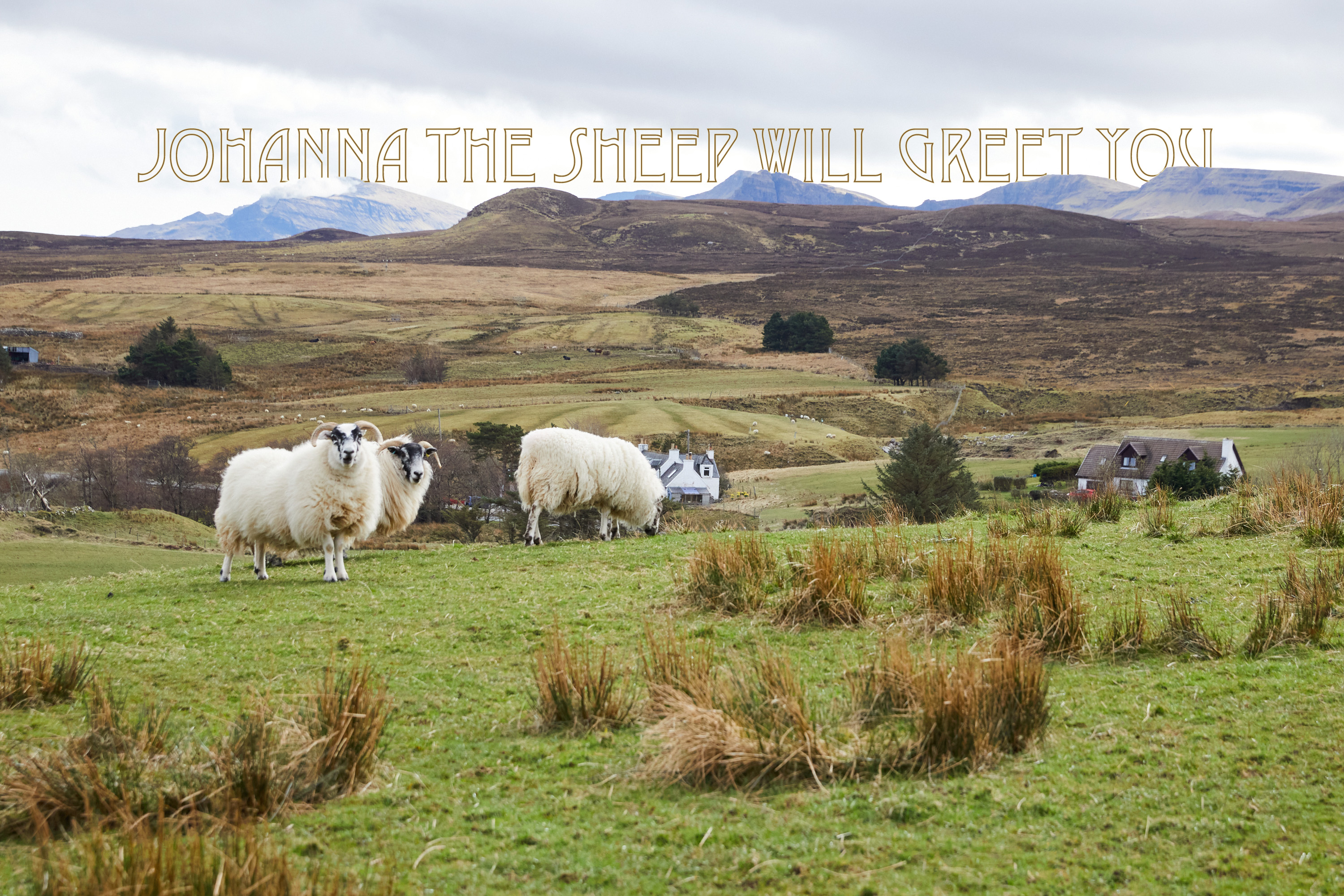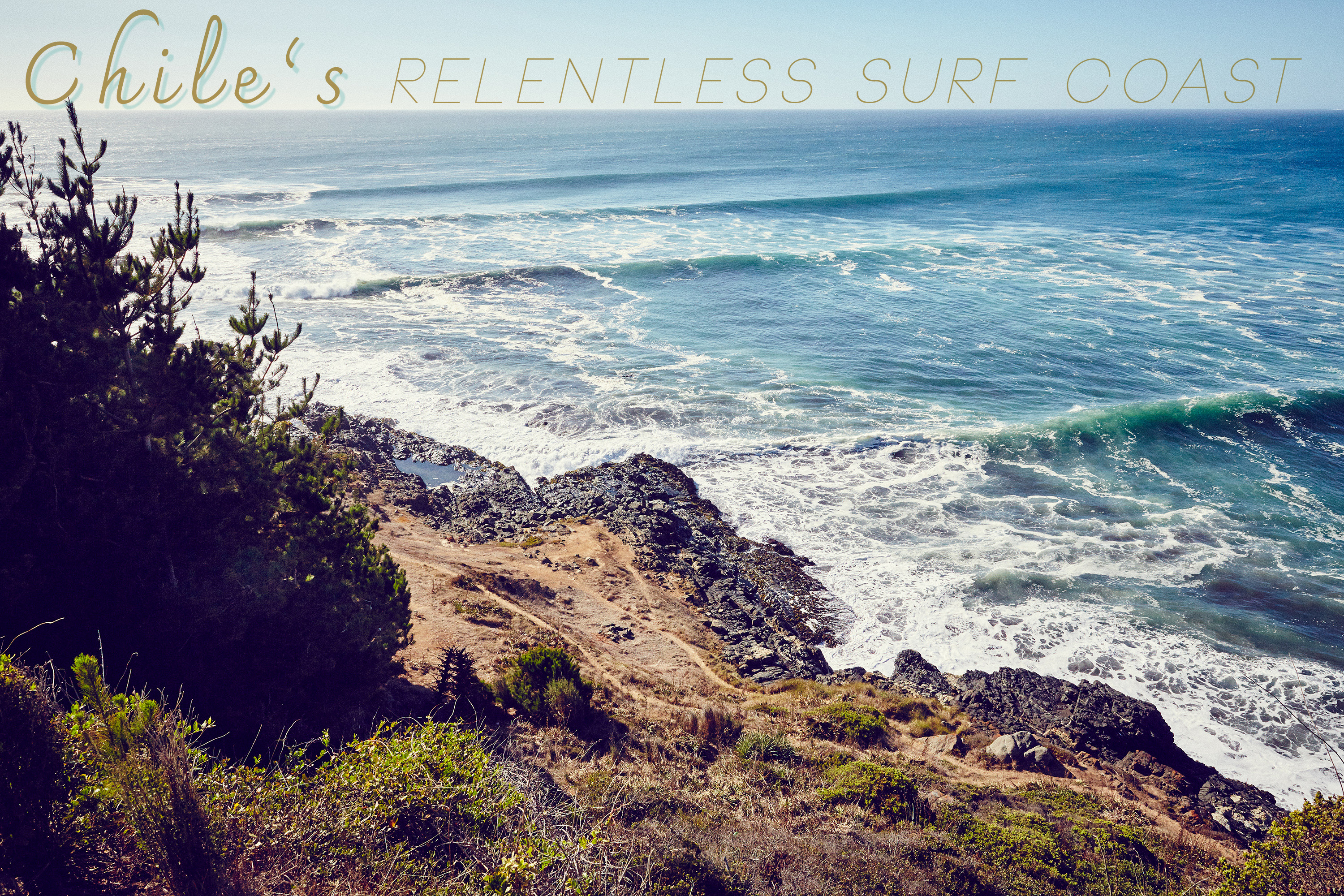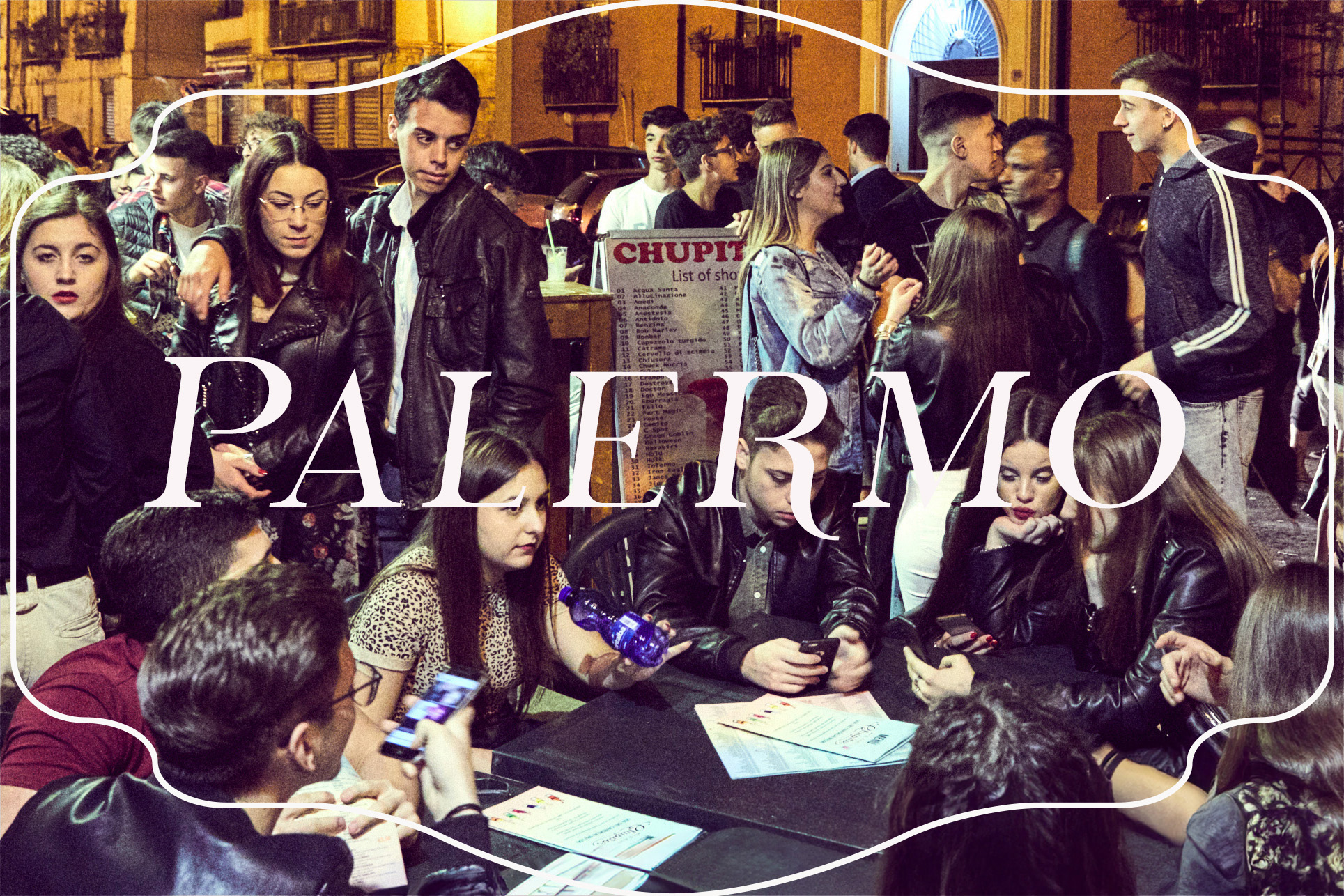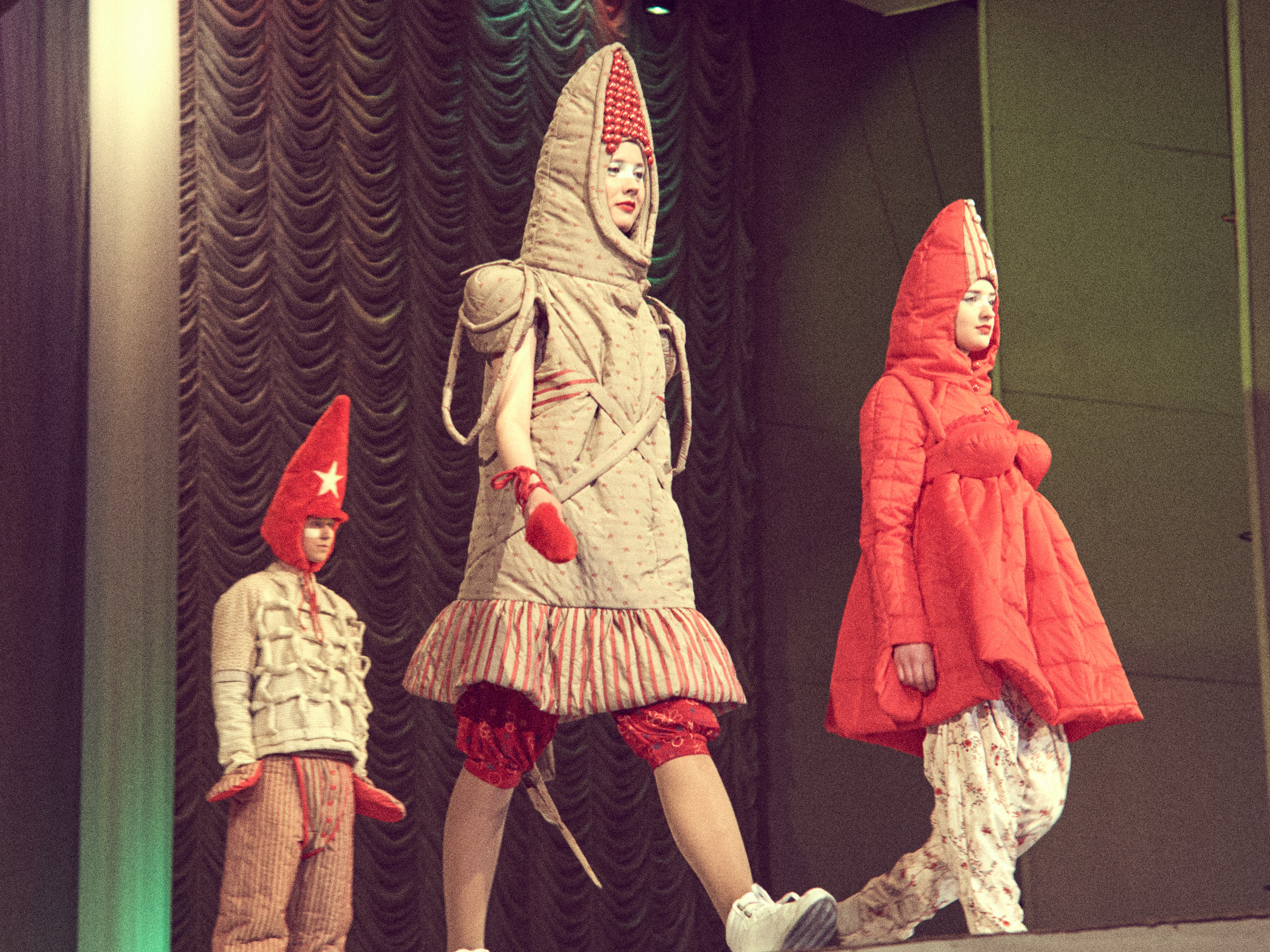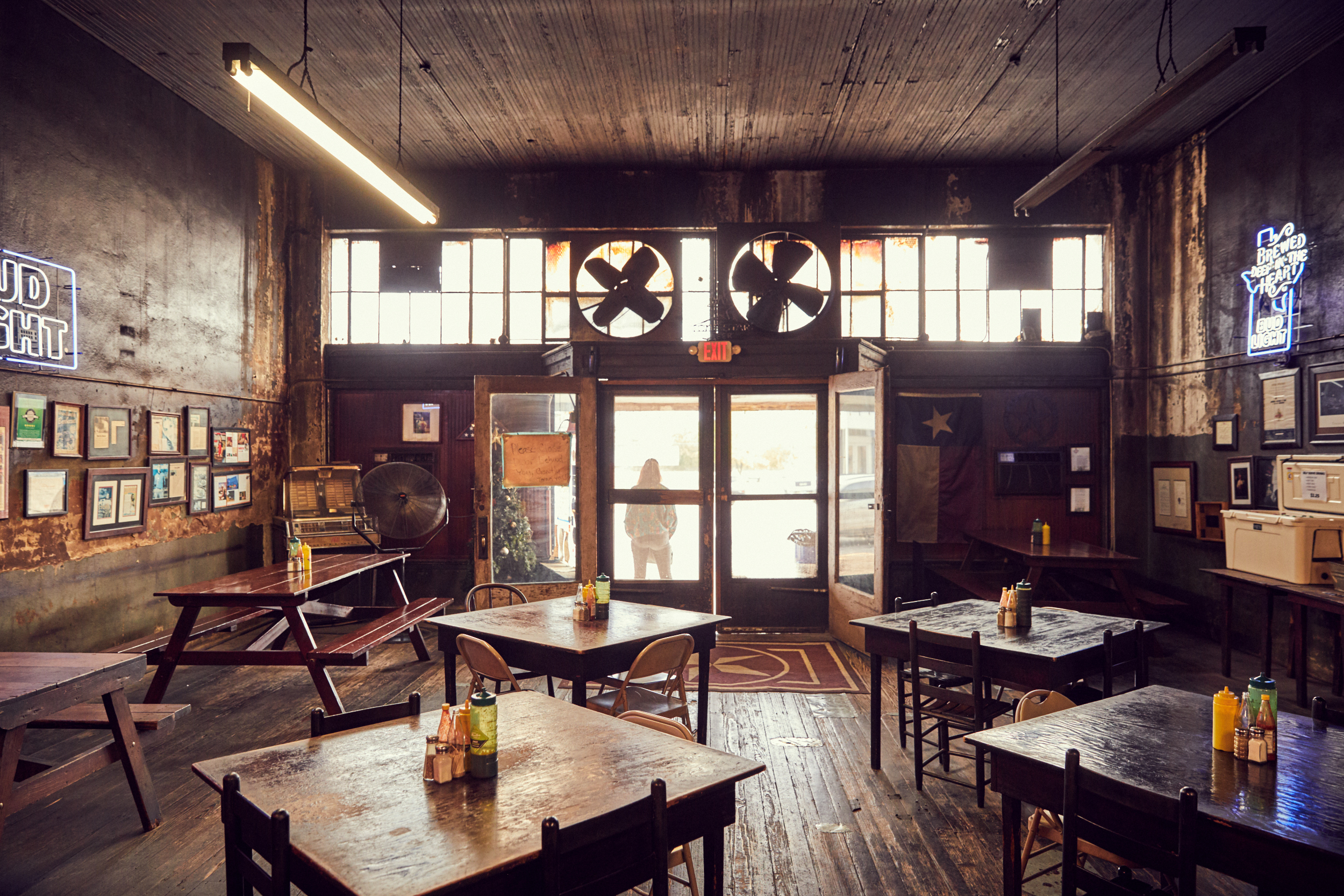A New Approach to Wine Takes Root in Sicily

Sicily conjures up many images to the mind. It is the largest and most centrally located of the islands of the Mediterranean, nearly equidistant between Lebanon(1,883 km) and Gibraltar(1862 km). Through its history it has been conquered and inhabited by a vast array of people. Phoenician, Greek, Roman, Vandal, Byzantine, Islamic, Norman, and Spanish have left their cultures behind which merged through time into the complex land of today. Architecture, art, and food are what Sicily is famous for. One wonders then, why not the same for wine. Sicily has a near perfect climate and a history of wine production that is the oldest in Europe, dating back 6000 years. One reason was that after WWII to improve the economy the traditional methods of agriculture were dropped and replaced by modern chemical farming. Agri business was ramped up to compete with the industry of northern Italy. The local grapes were produced in bulk to be blended with grapes from other regions to be sold in export. Additionally, varietals like merlot and cabernet were brought in for mass production because those were the grapes that were well known internationally.
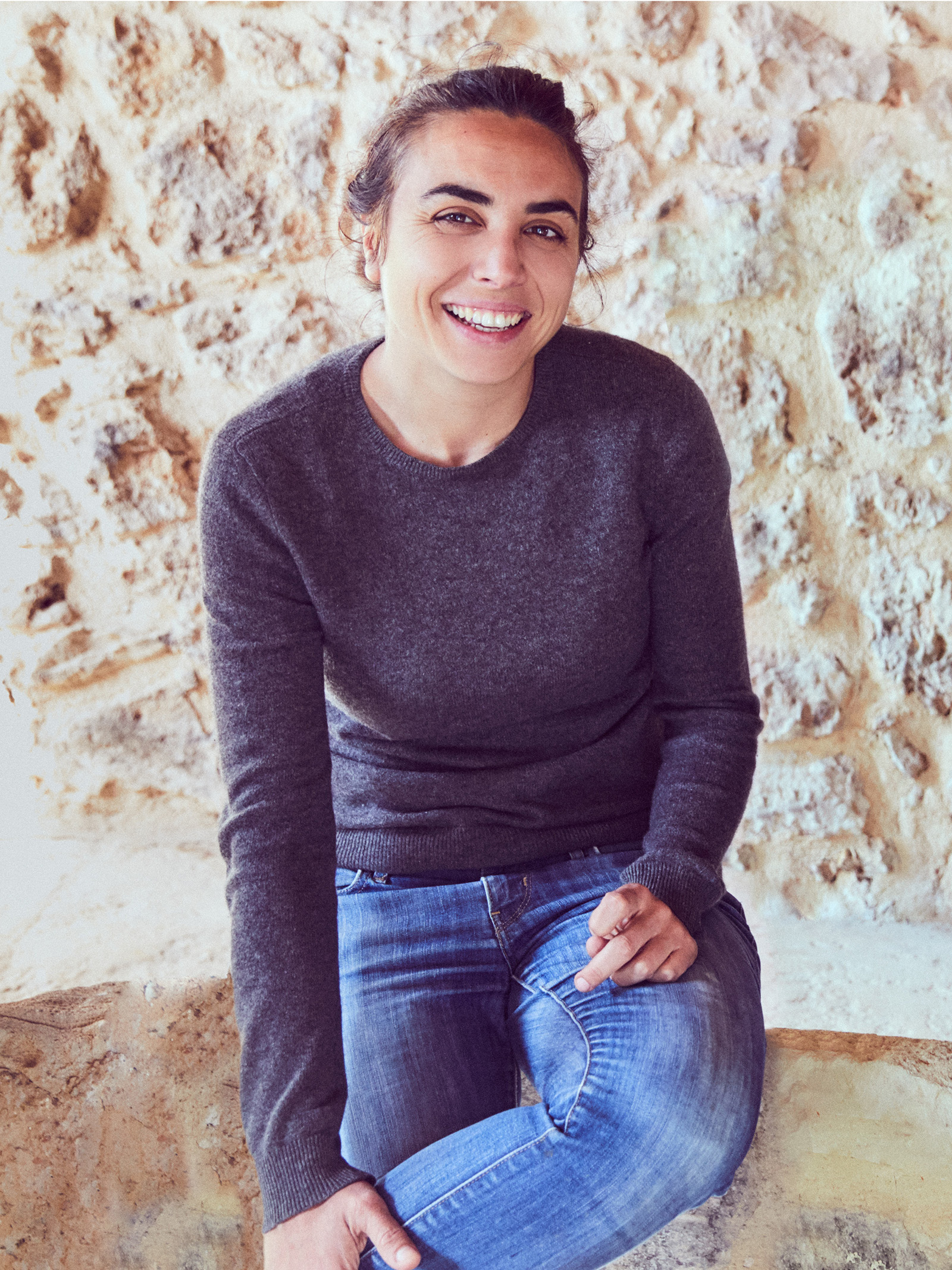
This is the way wine was produced in Sicily until the beginning of the 21st century when a few growers took a new approach to wine making. Chief among them is Arriana Occhipinti, the wine prodigy who produced her first vintage at the age of 21, in 2004. Since then, she has become known in the wine making world for her approach. Occhipinti is a winemaker that celebrates the minerals, the soil, the climate, and the biodiversity of the area in her winemaking. While she care’s deeply about sustainability and organic practices, Occhipinti’s process is really so much more than that. Arriana feels a deep love and respect for her native land in which she cultivates, and considers her wine “a human wine.” She emphasizes traditional, conscientious viticulture, that aims to bring out the essence of the local grapes and terroir.
Those grapes native to the region would be frappato and the slightly more well known nero d’Avola. The nero d'Avola is a full bodied, dark and fruity, but dry wine. While the frappato is a lighter, fresher, more floral and summery red. Together, they combine to make the DOCG recognized Cerasuolo di Vittoria.

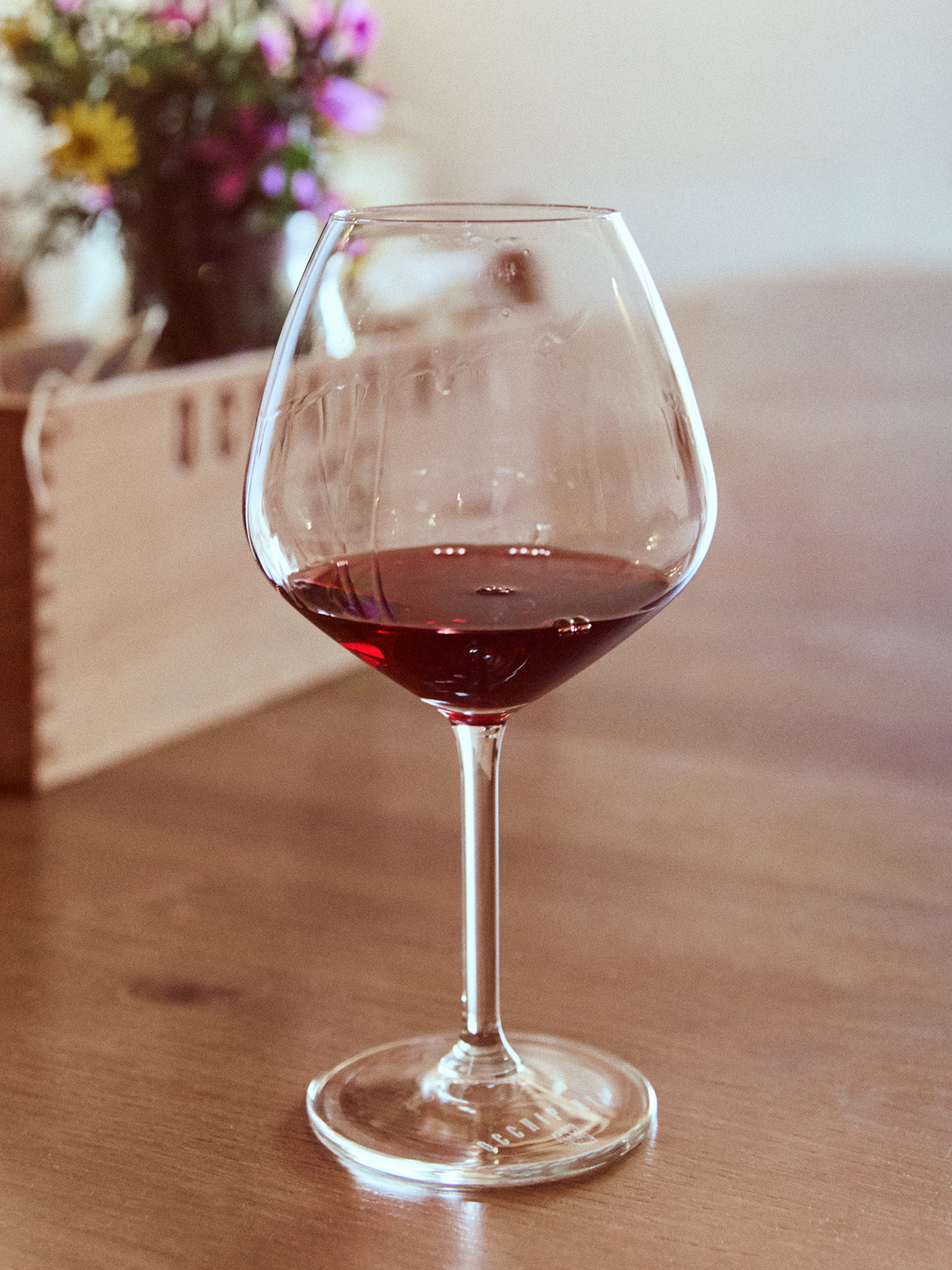
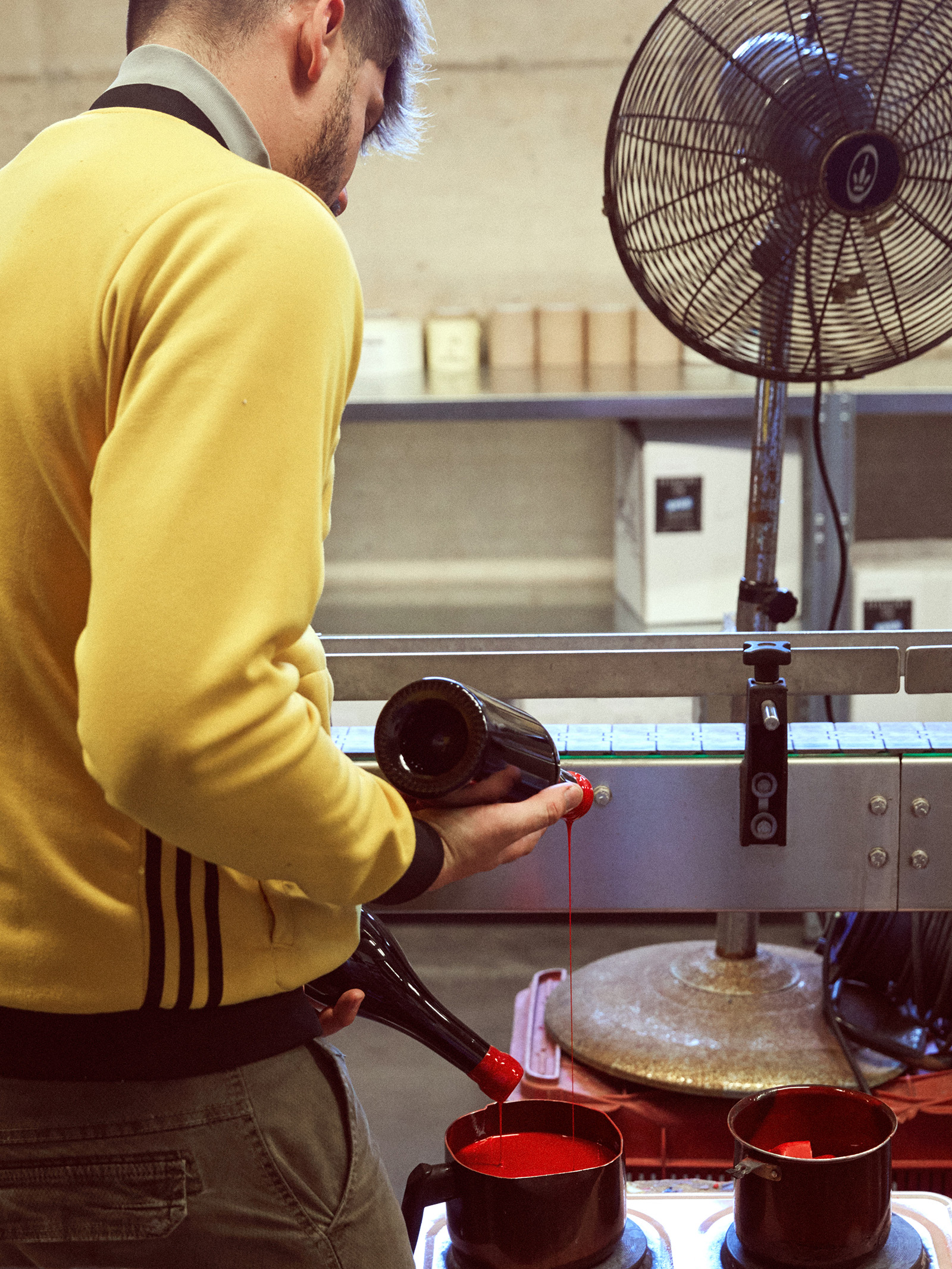
DOCG is the classification system for Italian wines. They are the set of rules for each wine region. The Cerasuolo di Vittoria has been established to represent the best of the region. Arriana Occhipinti produces one DOCG vintage, the “Grotte Alte”, to participate with the promotion of the region. However, because of her wine making ethos and her general anti establishment approach, she prefers to focus on the development of the varietals, especially the under utilized frappato.
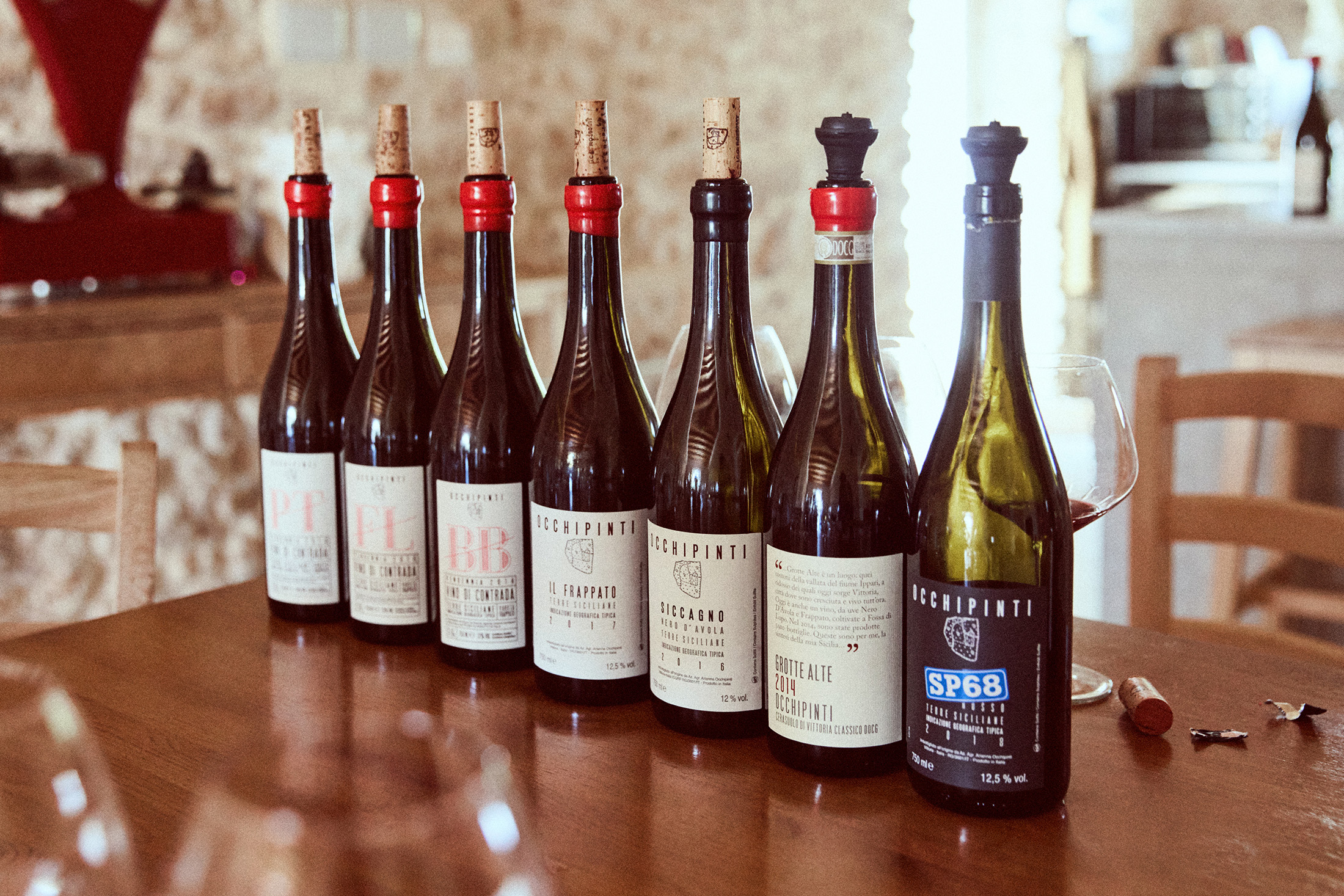

Development begins with the cultivation and seasoning of the terroir. Some of the vines on her estate existed previously but were treated with more commercial growing techniques, irrigation, fertilizers, machine harvesting. The older vines are still good but all of those techniques have been abandoned. The natural method of viticulture tends to produce lower yields. Without chemical fertilizers or irrigation the vines work harder, but that toil combined with the arid limestone soil is what provides the complex minerality that the region is known and celebrated for.
Visiting Azienda Agricola Arianna Occhipinti, one can see how this more sustainable method of production all comes together. Driving through the countryside, en route to the estate, the sides of the roads, the rolling hills and rock walls were covered in the most vibrant wildflowers. Arriving at the estate, the first thing we noticed was among the rows of grapevines, this same tapestry was repeated. Wildflowers grew unabated. They attract the helpful insects, including bees, without interfering with the handpicking of the vines at harvest. Normally, the rows would be bare to allow the machines access to the fruit. That is not necessary or desired here. For the newer plots where vines will be planted, wheat is grown for three years first. This seasons the soils and contributes to the green fertilizer that is used on the estate.
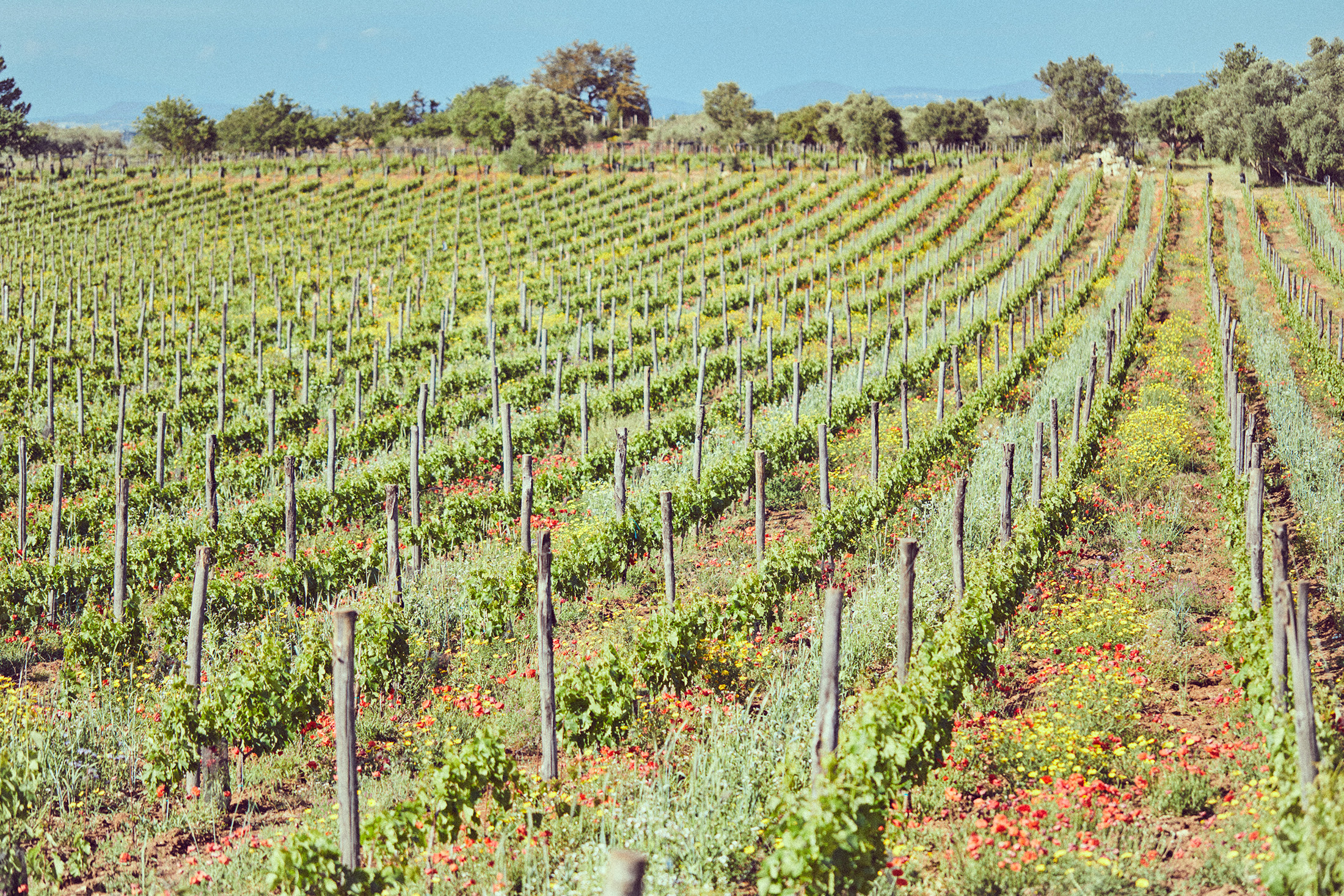
Citrus and olives trees are also tended amongst the grapevine parcels. This biodiversity isn’t just for the sake of the wine. Marmalade, olive oil, and pasta are other tasty items the estate produces. The estate’s rustic beauty is unlike the more perfectly groomed wineries one often visits, but one gets a sense that true biodiversity is at work and a wine is being produced that is wholly connected to the place from which it has come.
Leaving Azienda Agricola Arianna Occhipinti was hard, but made easier by the thought of the case of wine in the boot of the our car. We were headed back to Modica, the baroque town we had made our temporary home.
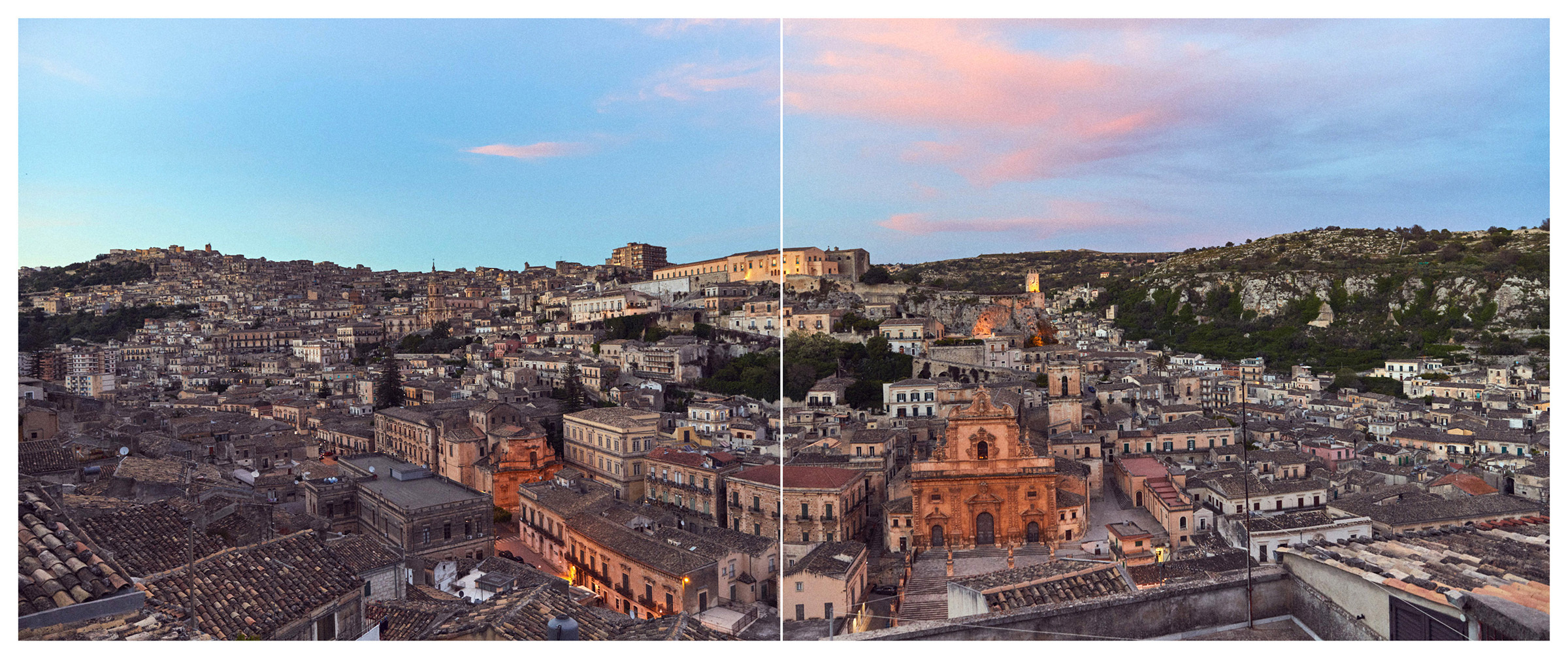
A stay in Modica is the perfect complement to wine excursions in this part of Sicily. It fits the part of ancient history and culture. As Sicily is the originator of wine in Europe so Modica is the birthplace of chocolate in Europe. It is one of those towns where you ask, how did they possibly build this place, as it’s nestled inside of a steep gorge. Also why did they build here, when there were flat sections 10 km away. When you return to your home carved our of a limestone cliff, and you uncork your “Occhipiniti SP 68” you understand. You have the most perfect view and setting to contemplate those Phoenicians, Byzantines, wildflowers and bees.
“Goethe said: "Substance is nothing, what counts is the gesture by which they are made." And the first thought that I've learned from wine making it was to accept. Accept the diversity of soils, the slope of the ground, the altitude, and the originality of a vineyard. To accept means to respect. To respect the earth and its balance. Respect the vineyard with skillful gestures of a sensitive agriculture To respect the fermentation through the use of local yeasts. Respect the wine as if it was a person. A person who takes with him/her, a world, a history, an atmosphere.”
- Arriana Occhipinti
Chile’s Relentless Surf Coast

The central coast of Chile really is like California, flipped upside down. Imagine Santiago, the capital and largest city, is Los Angeles and driving south down the coast is like driving north on the 101. Wine country surrounds us now, after we get off the main highway and make our way to Buchupureo, the coastal town where we’ll be staying. My friend Brian moved here a decade earlier to raise a family, make art, and surf.
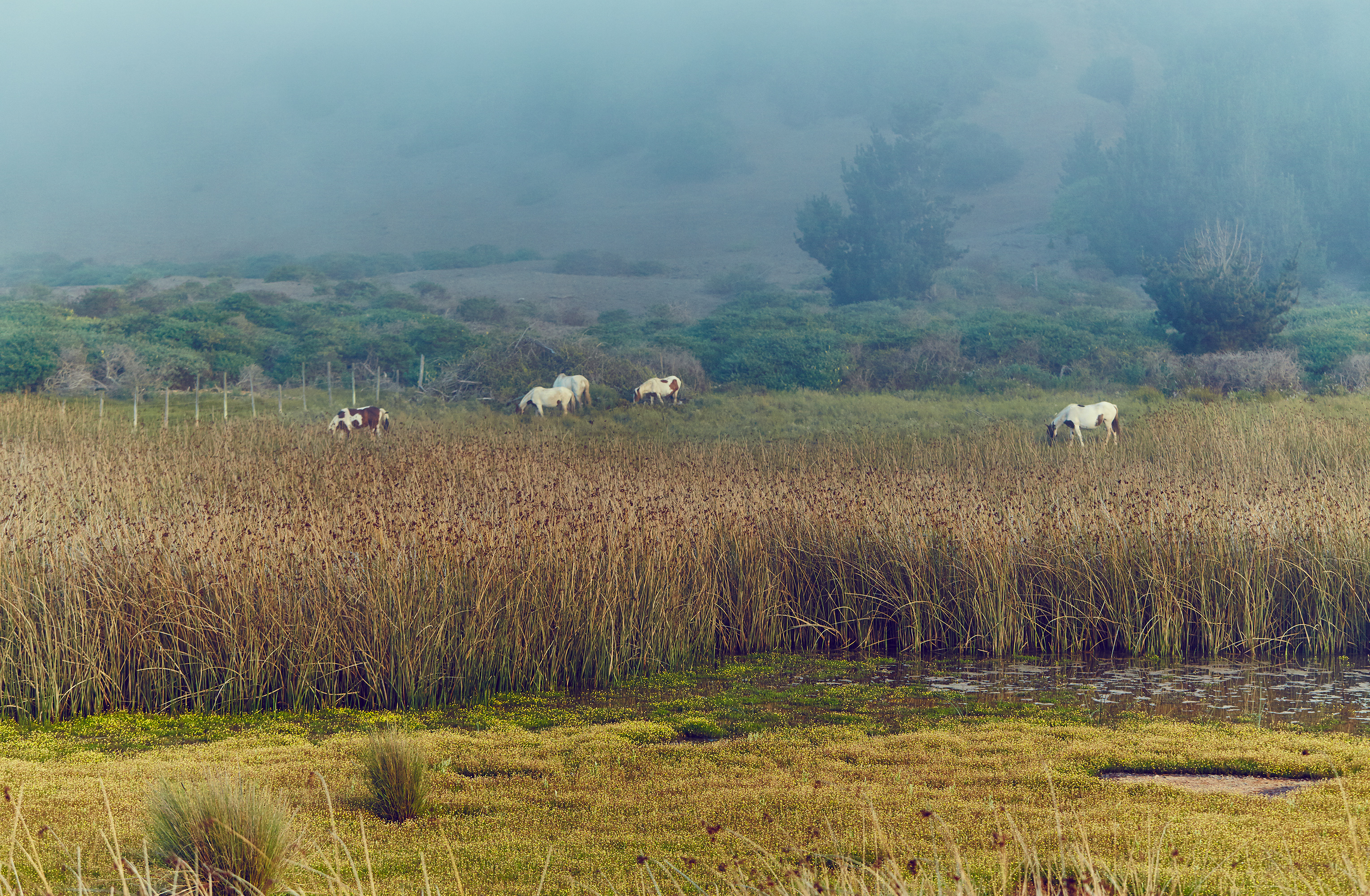
We love a good road trip and Chile, on first impressions, does not disappoint. It is a sensory experience. If you roll down your windows, you’ll catch a unique scent combination of pine, eucalyptus, smoky charred wood and the salty ocean. When we first reach the coast, we can barely see anything. Fog, all the way from San Francisco has rolled in. Its a white out.
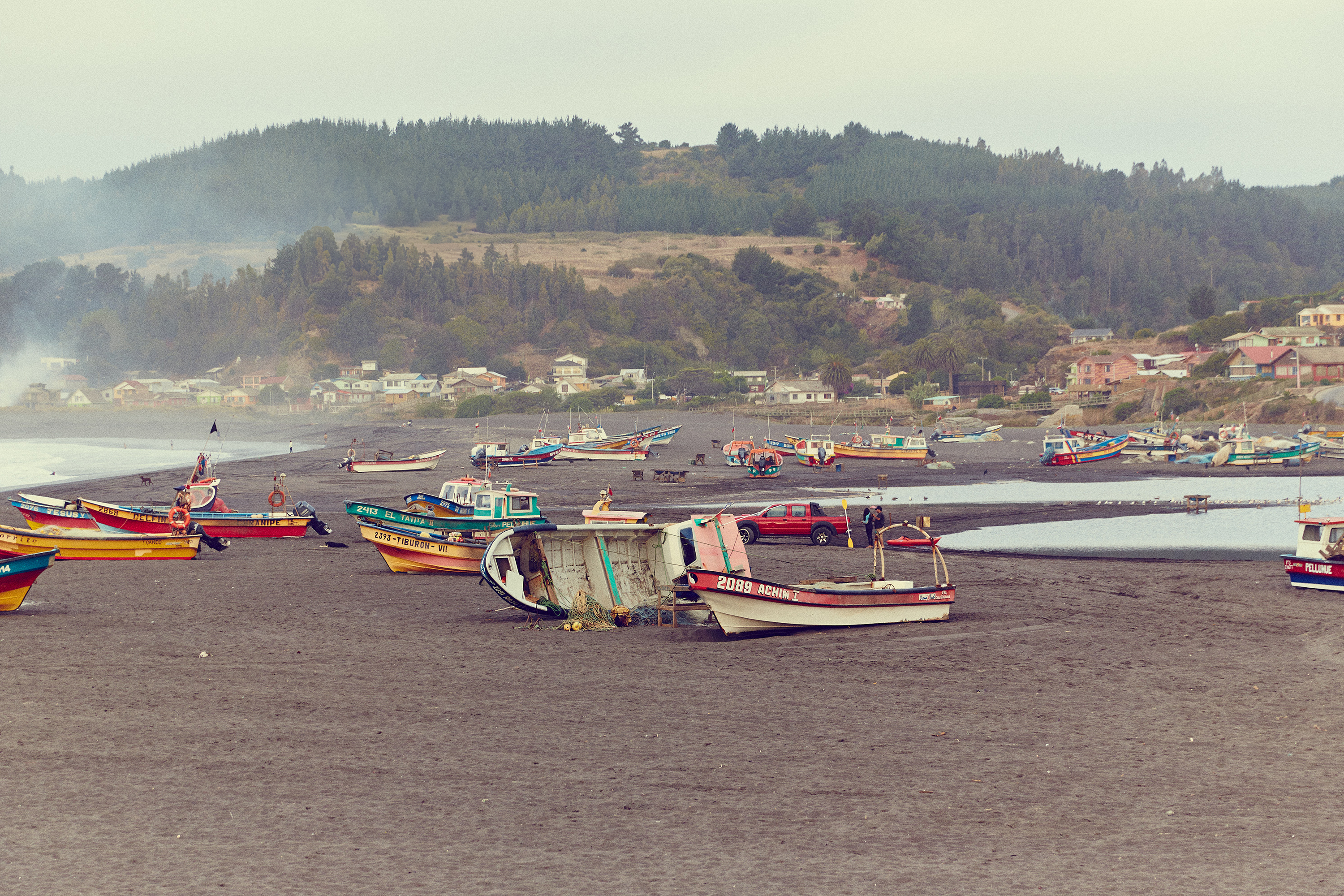
All we can see is the road in front of us, a few horses in misty fields on the left, and a glimpse of the black sand beaches on the right. Black sand is one of many reminders that this country is very much tectonic and volcanoes up and down the country remain active.
If you’re a landscape painter this makes sense. The country side is stunning, complete with rolling hills, rustic farmland, amazing light, and a beautifully dangerous coastline. And if you’re a surfer it makes even more sense as Chile has some of the best waves on the planet.. and not a ton of surfers to crowd those waves. Its been a secret and only recently has the scene been getting more attention.

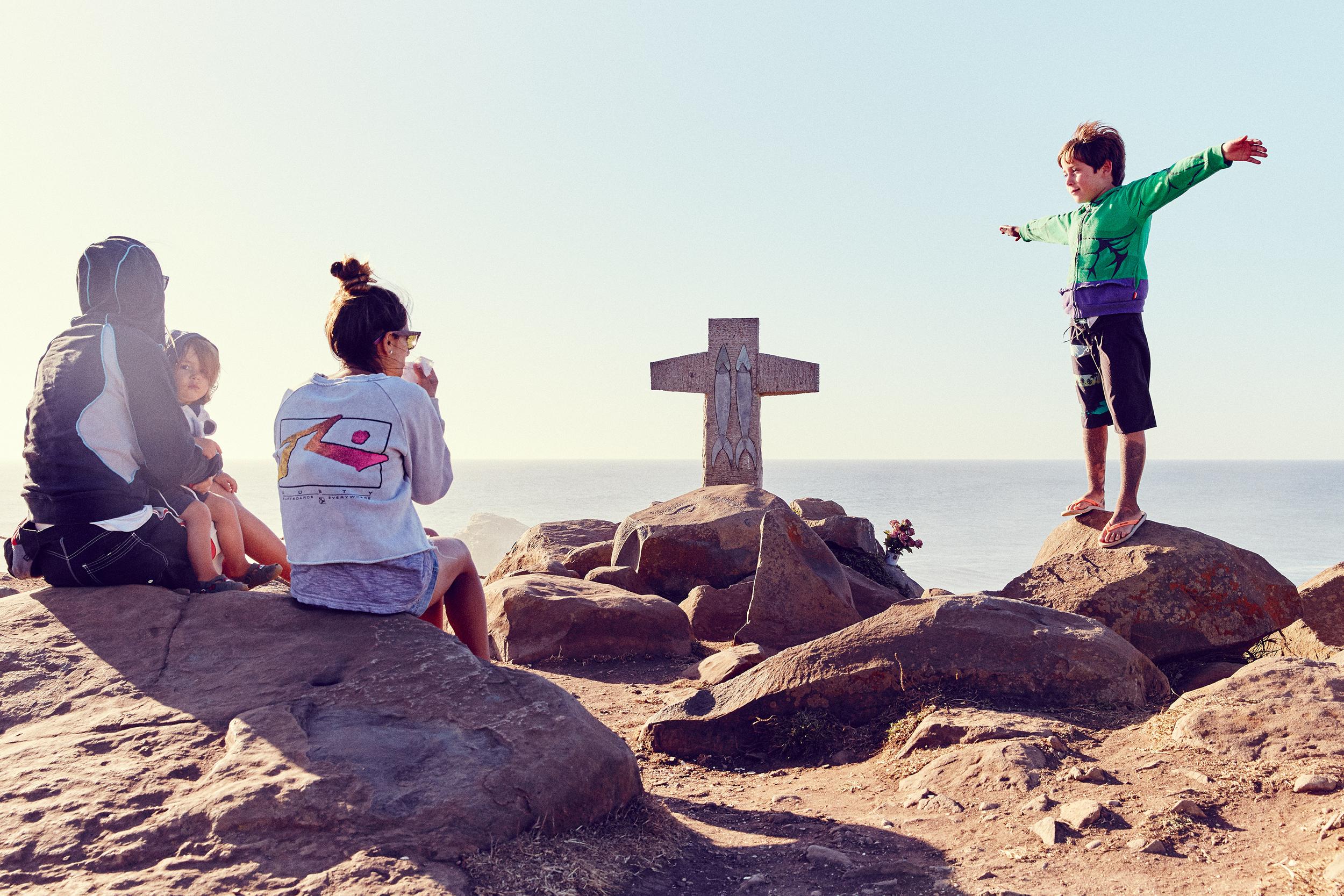
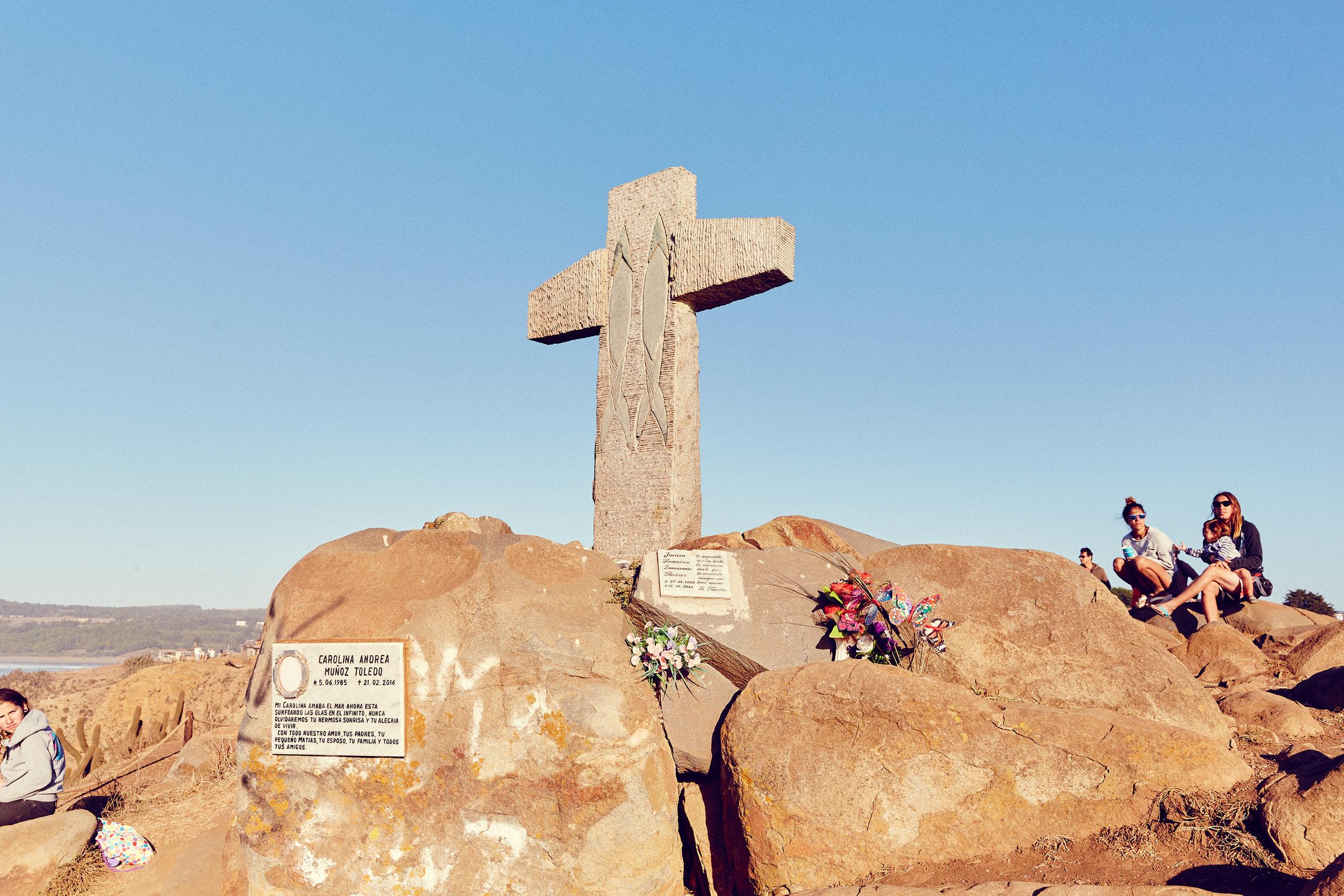
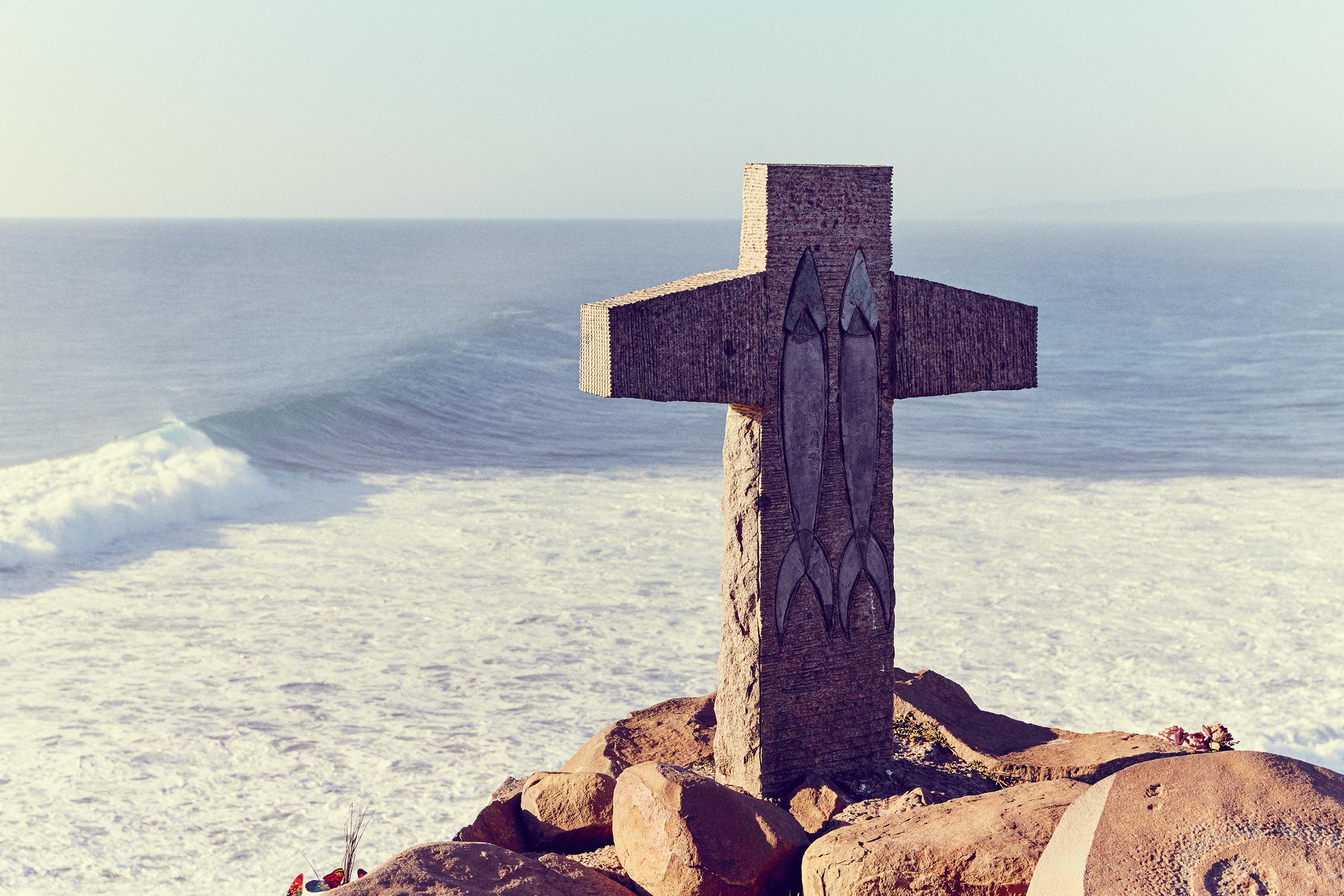
In the last 10 to 15 years this country has seen major infrastructure development. Just like much of South America, Chile is building in every sense of the word. The coastal road we traveled, only recently, was 200 km of gravel. The route is now an accessible and exhilarating affair, making a huge difference to the surrounding community. New businesses are opening up along the coast as visitors no longer need to hire a Jeep 4 x 4 to get to these new hotels and cabanas.


The newness that is penetrating this region of Chile seems to have skipped about 75 years. From no phones there are now cell phones. And from adobe houses and shack structures there is a vernacular modernist architecture that has been springing up. This new strain suits the country and its terrain. Black is the color of choice for this modernity, reflecting the black sand beaches and earthiness of the area. They’re covered in large glass picture windows to honor the outside beauty, with specialized walls built to to either channel or resist the intense wind and sun.
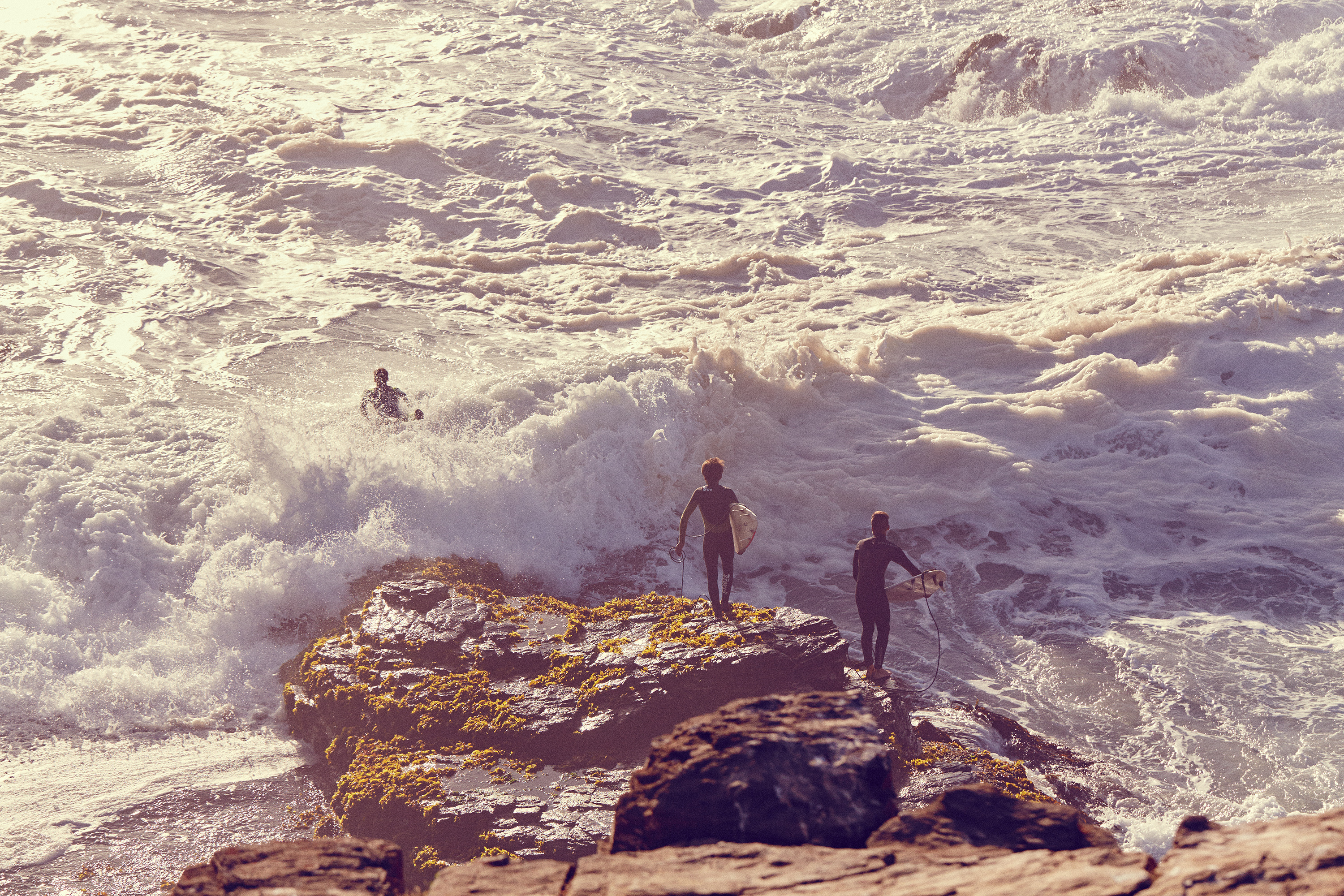

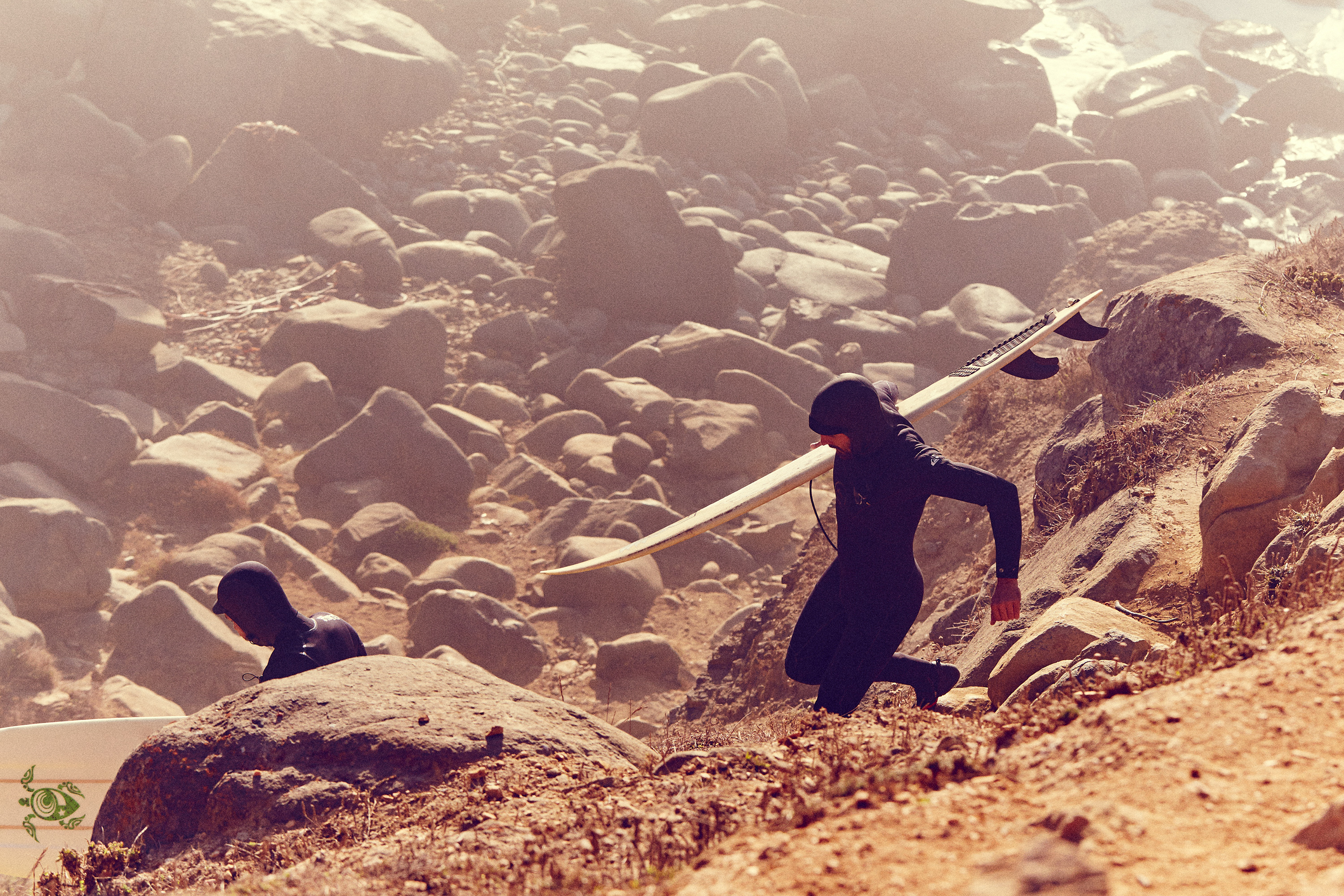
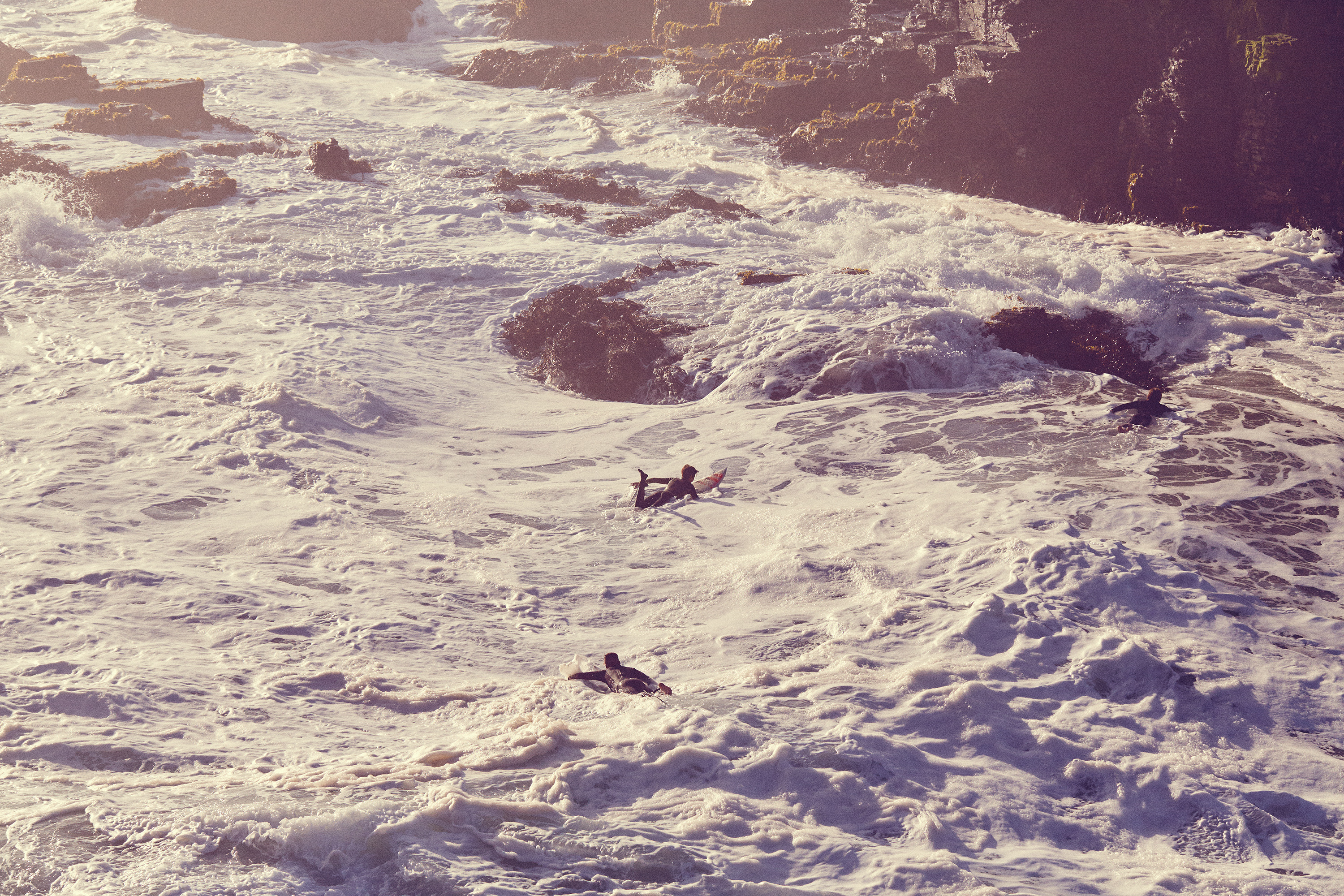

Descending Punta de Lobos in Pichilemu to take on the whitewater and big surf.
Up the coast is Pichilemu, a resort town and surf capital of the area. The waves here can be 10 meters tall and they break along cliffs and jagged rocks. The prime area to catch waves is appropriately named Punta de Lobos, Point of Wolves. Onlookers arrive daily to watch the surfers. They sit amongst the rocks next to memorializing crosses of those past, eerily warning all of the particular danger here. Local teenagers pile out of the back of a truck; and climb up and down rock walls just to enter the water. They then must cross intense white water, and climb over another giant rock, before paddling out to the waves

Pichilemu, the surf capital of the region, has more surf infrastructure to support the scene, including clubs, shops, and our favorite coffee spot we found in Chile, Los Morros.
Buchupureo, our home base, is a smaller town with a small community of surfers. On the beach at dusk, the surfers we met were friendly but definitely not interested in the camera. Besides having no time to mess around (they were there to catch some time specific waves!), there was a sense of protectiveness over this special place they inhabit. They didn't want their spot advertised, which is understandable. As long as I wasn’t shooting for a surf publication, then all was well.
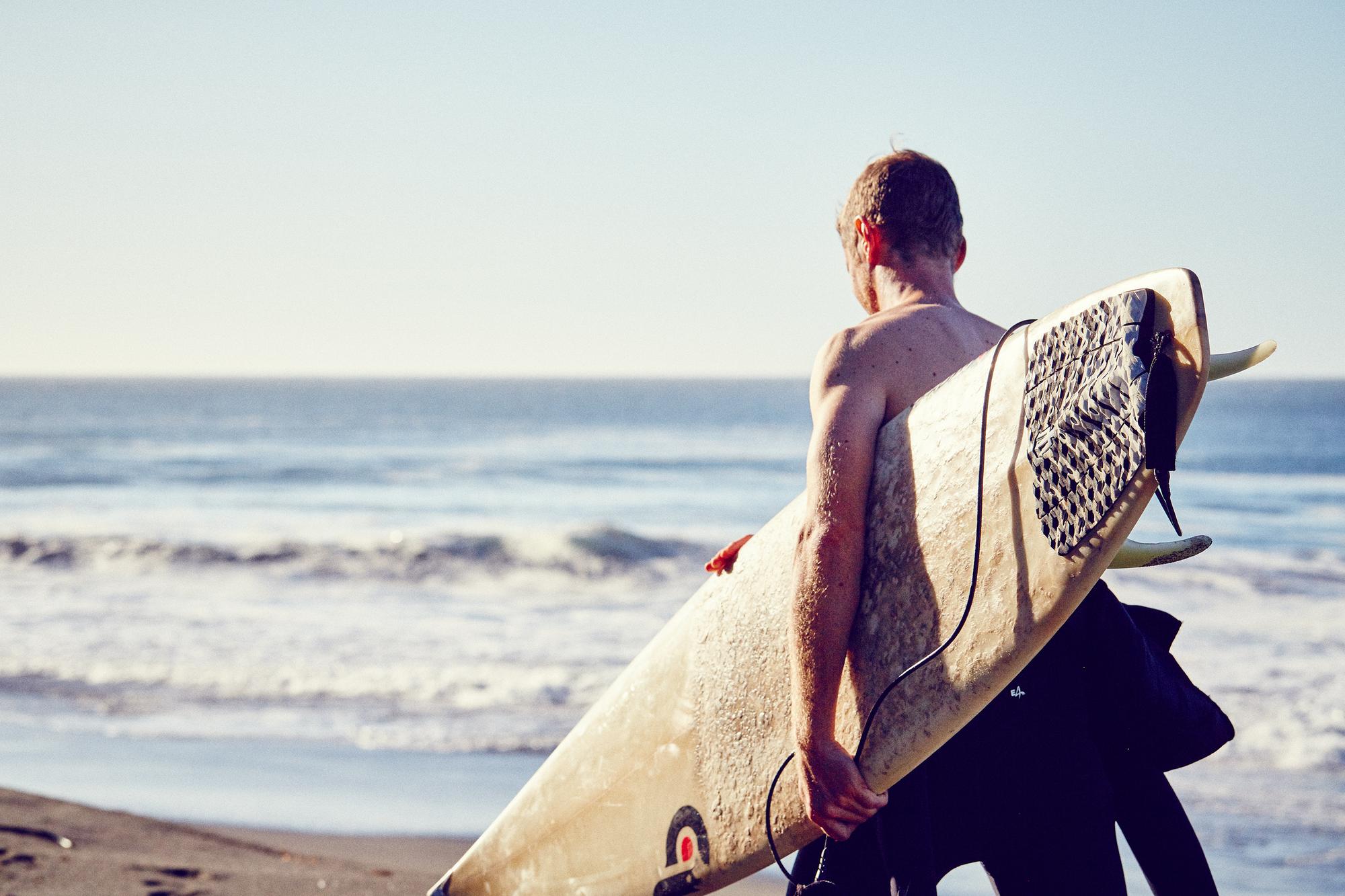
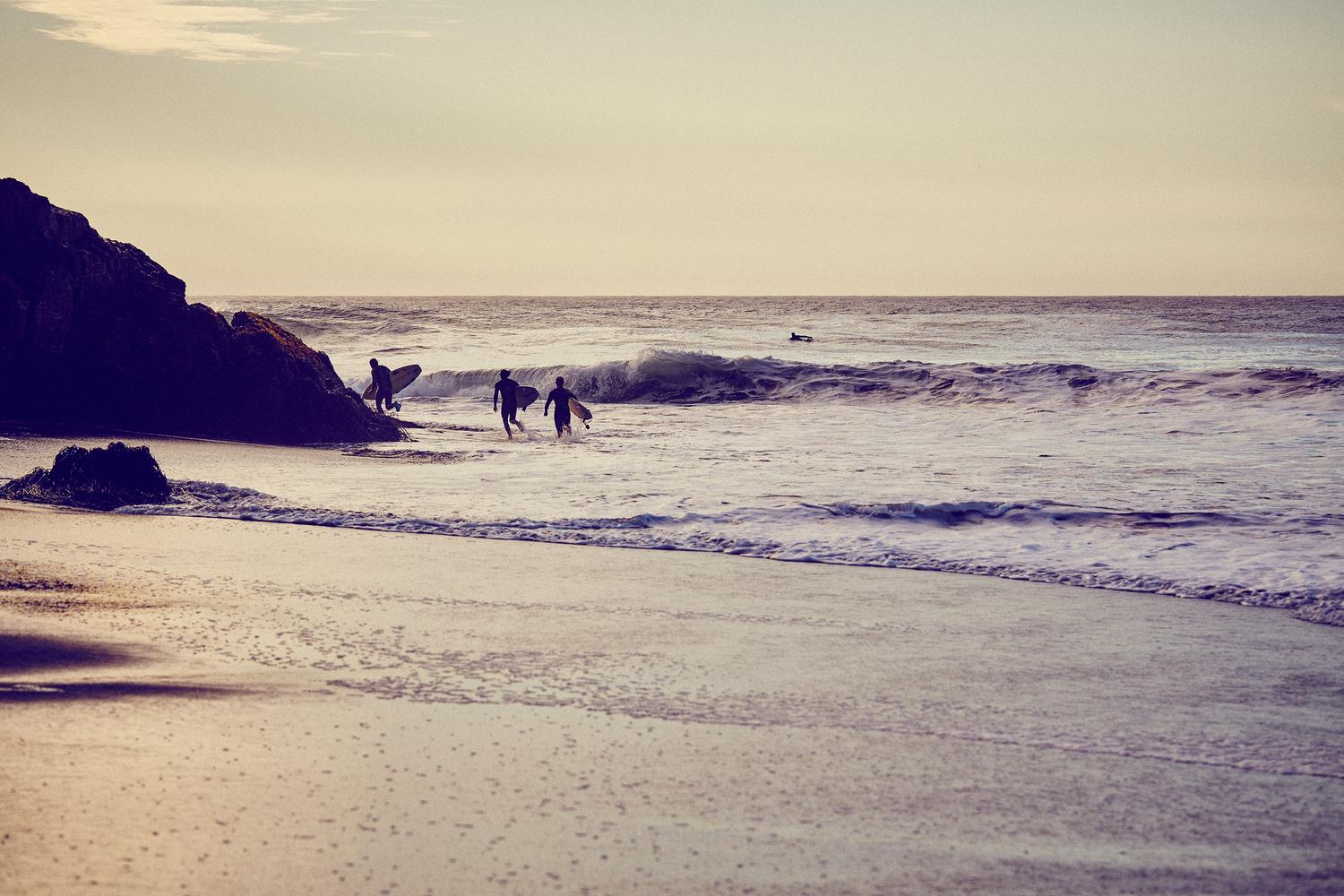

Smaller waves in this private spot, but perfect nonetheless. / No time to chat in Pullay as the sun sets. / Perfect moment.
After catching the sunset along the beach, we head to Brian’s farm for the asado, our nightly barbecue over wood coals. Lastly, we experience the glittered night sky, which Chile is most known for. The milky way is clear and arcing, and there’s a conspicuous dark patch, which I learned was dark matter. In Chile you can see dark matter.
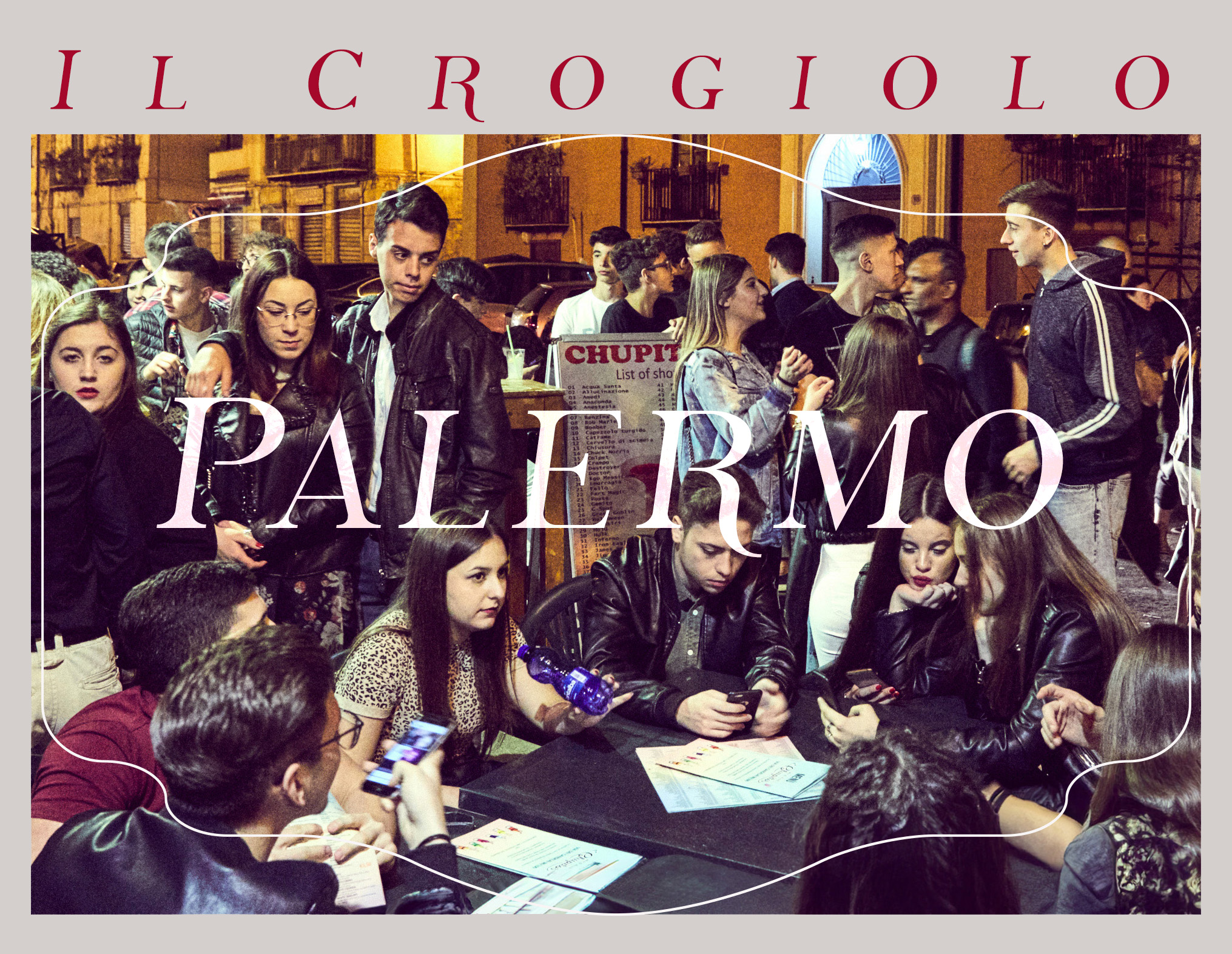
Palermo is the capital of Sicily, the largest island in the Mediterranean sea, a marker point between east and west, an island upon which travel roots and civilizations have converged throughout history.
The Phonecians, Carthaginians, Greeks, Romans, Arabs, Normans all brought their religion, art, architecture and gastronomy to this city over the 3 millenia of its existence.
All this culture can be seen most visibly on the streets of Palermo, from the street food, rated top five in the world, to the markets, to the piazza nightlife.
And for this, Palermo may be called Il Crogiolo, the melting pot or crucible. With the intensity of the mediterranean sun and the density of the culture, the Palermitani, converge and mix, yielding a ragù dal sapore potente.








Piazza del Monte di Pietà is a prime spot for those in their twenties. Each piazza caters to a different age or social group.




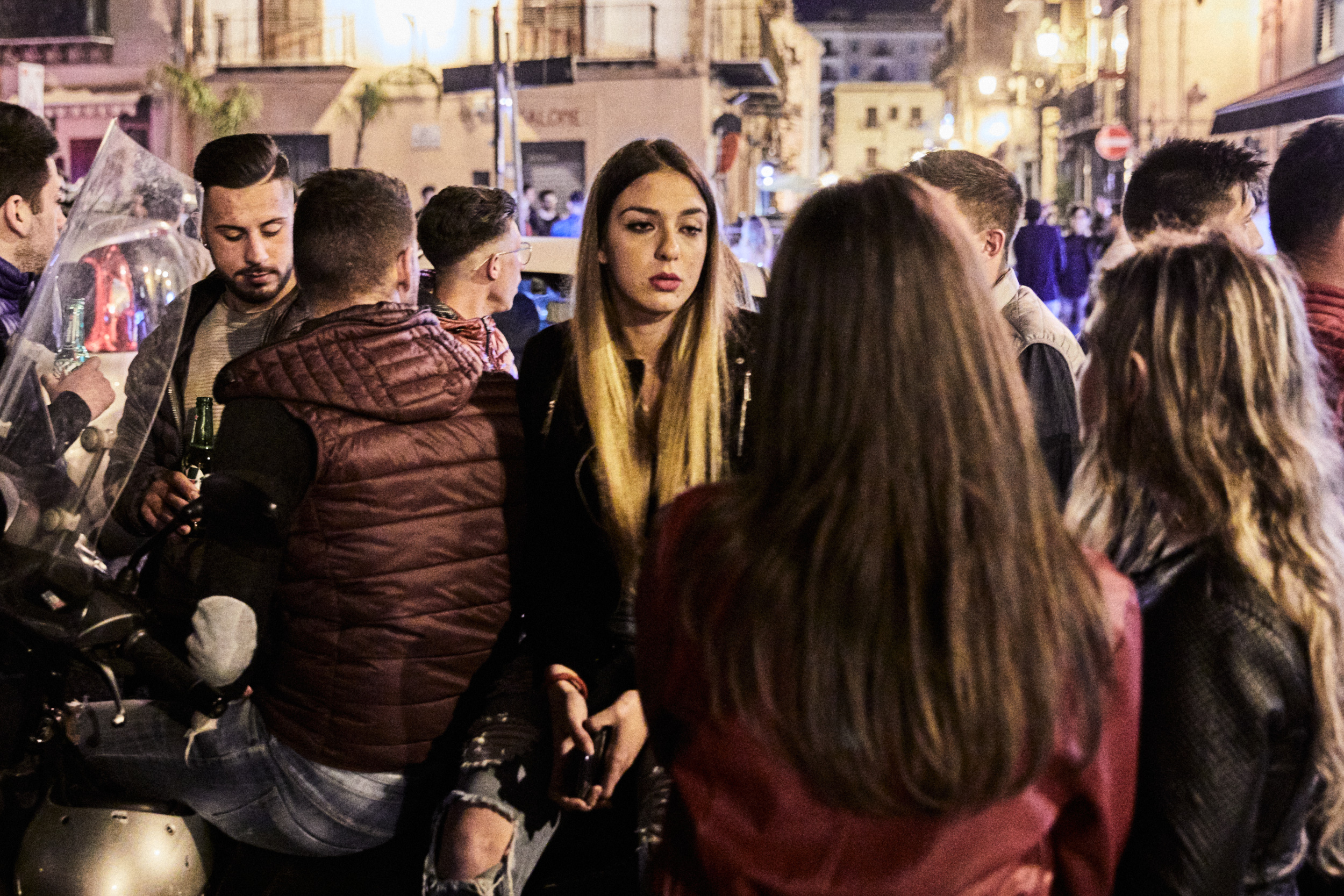


Where We Are Now in Ùr Scotland

The British writer Simon Roberts said “Slap the word Skye on anything from soap to candles, and it instantly assumes a tangle of desirable associations: remote yet of-the-moment, rural yet sophisticated, rugged yet luxurious”
Like many places around the world Scotland has been affected by the new economies. A three pronged effect has transformed once semi remote places, like Skye, or places that were once more thriving but had seen a slow exodus over the decades and centuries. First, the internet, digital photography and social media have shown the exceptional beauty and uniqueness of the Scotish localities.

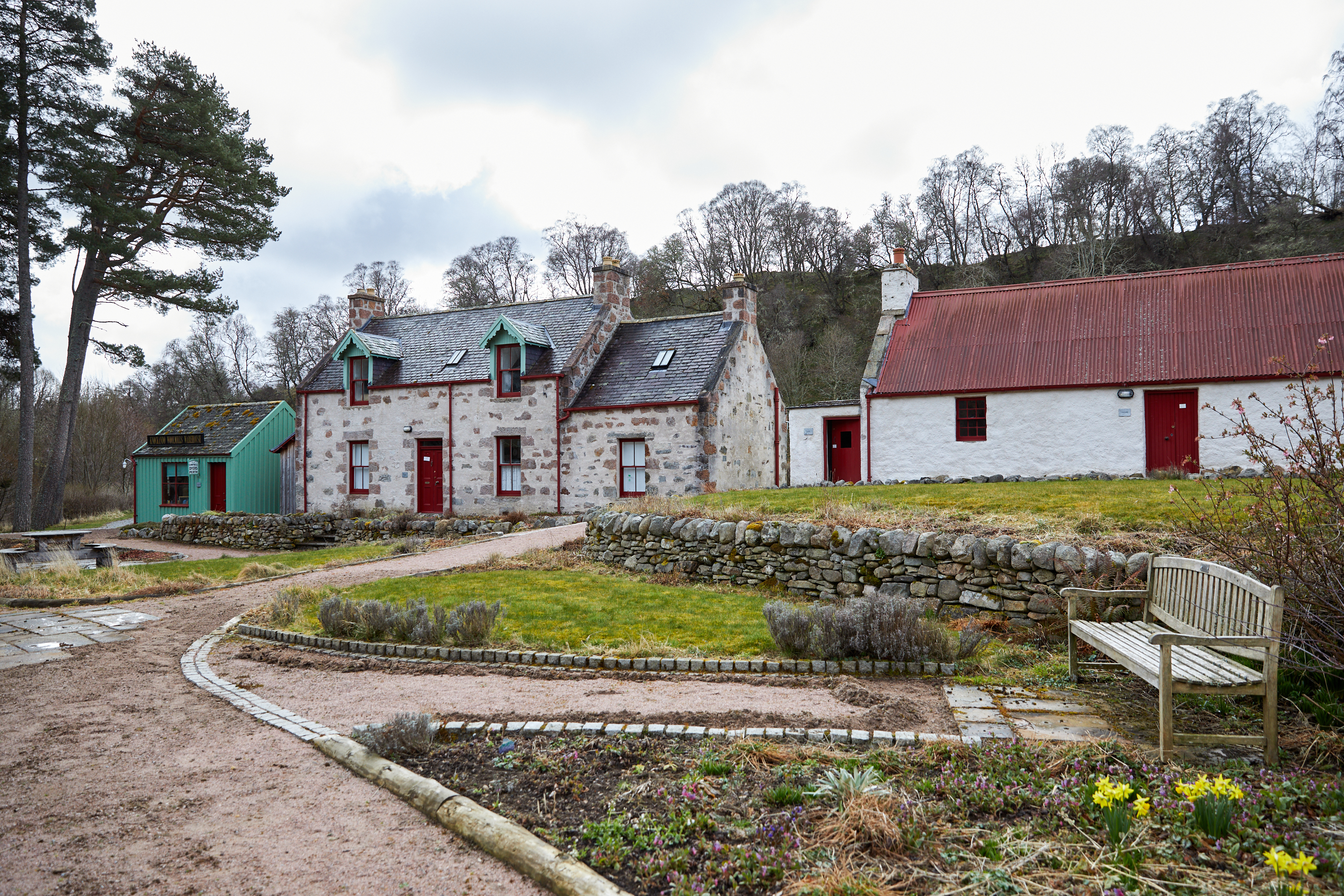
The Knockando Mill, of the Spey Valley first established in 1784, has been operating nearly continuously. In 2000 a charitable trust was set up to help renovate and overhaul the historic equipment that is used. Following the extensive restoration project, during which the Victorian machinery was painstakingly dismantled, repaired and rebuilt, the Woolmill is once again fully operational. Open seasonally since 2012, visitors can experience the sights and sounds of a working Woolmill, learn the rich history of the site and browse the range of quality woollen throws, scarves and accessories.The historic and renovated mill now produces textiles and garments that can be purchased and shipped around the world.
Secondly, E commerce and Thomas Friedman’s “the World is Flat Principle”, has brought the products and culture of Scotland around the world. Many bemoan globalization as a new environmentallly destructive colonialism. However, in Scotland an argument can be made that globalization has done what it has promised, brought the woolens and whiskey to the world to enjoy. It has led to the further redevelopment of the industries that have made Scotland so unique and identifiable.
![Johnstons of Elgin, establised in 1797, still producing amazing woolen textiles, but now available to the world]()
Secondly, E commerce and Thomas Friedman’s “the World is Flat Principle”, has brought the products and culture of Scotland around the world. Many bemoan globalization as a new environmentallly destructive colonialism. However, in Scotland an argument can be made that globalization has done what it has promised, brought the woolens and whiskey to the world to enjoy. It has led to the further redevelopment of the industries that have made Scotland so unique and identifiable.

And the third prong could be considered the new industry of remote work. Remote work takes a small slice of probably half the industries that exist and claims them as its own. While really given a thrust during the pandemic, the concept had been slowly building anyway through the years of the internets development. Not just writers and travel photographers, but almost any professional pursuit could be practiced remotely. So now you could be based in New York, where your financial services company is located, go visit the beautiful Scotish countryside and then decide to move there, whilst keeping your New York gig.

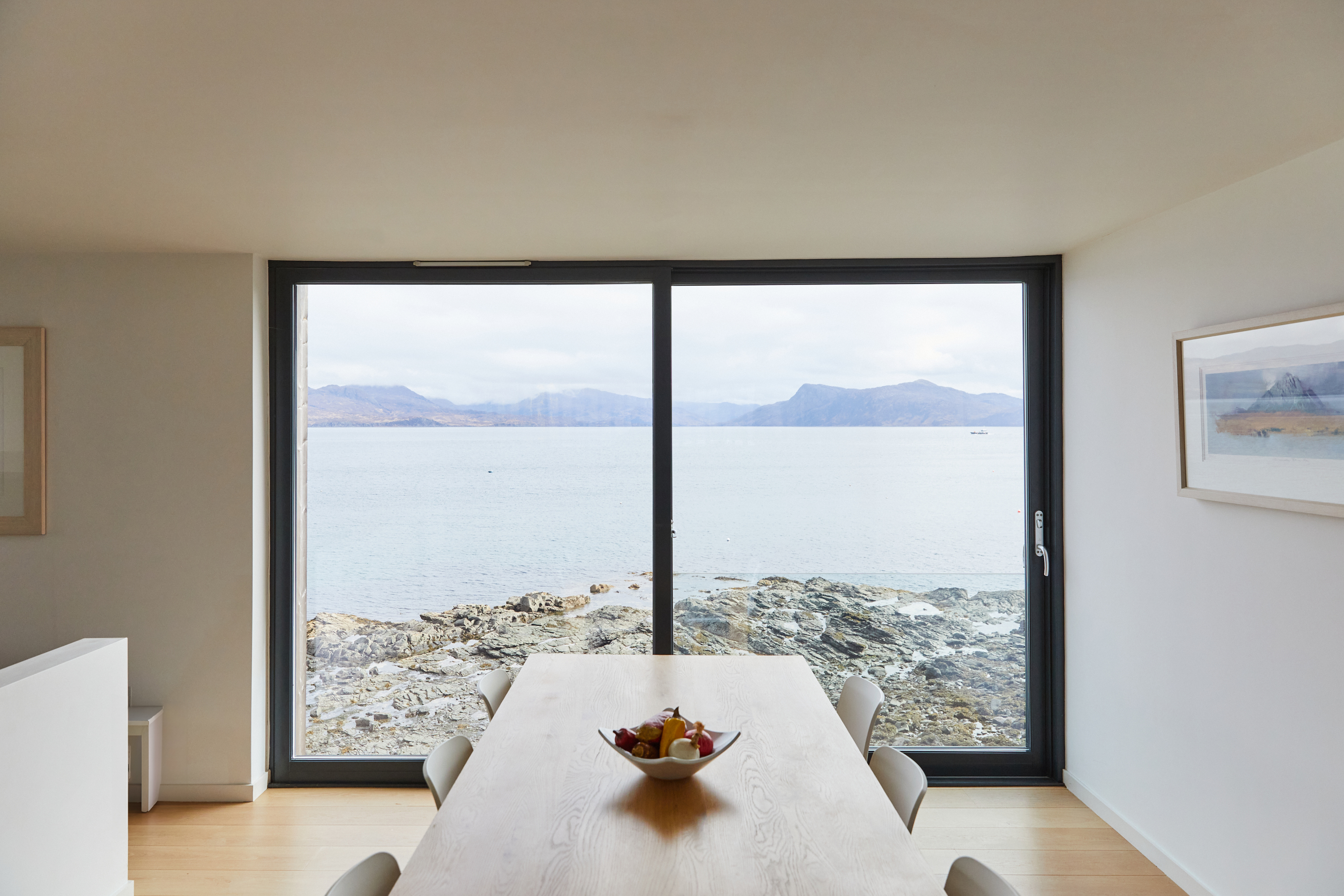
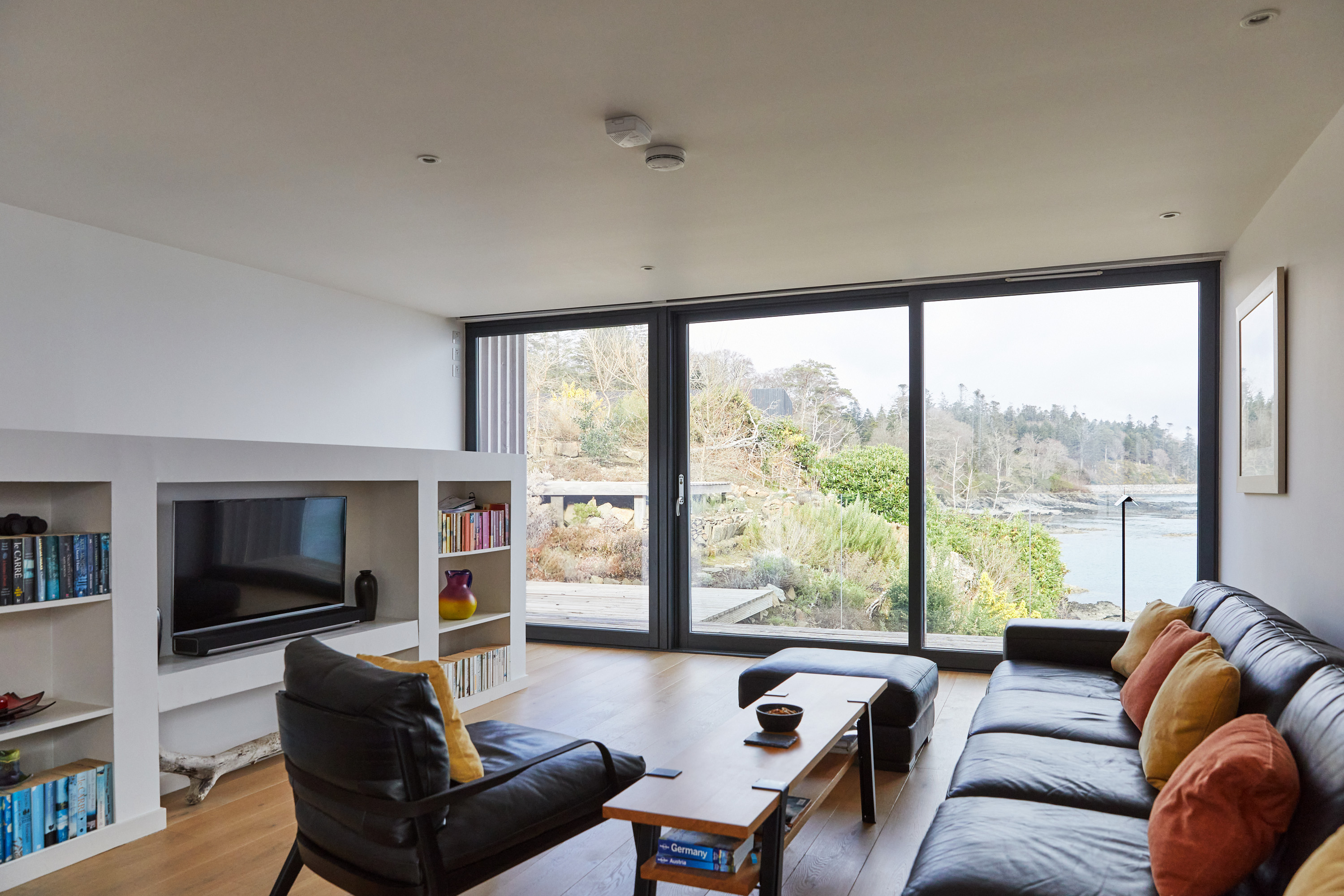
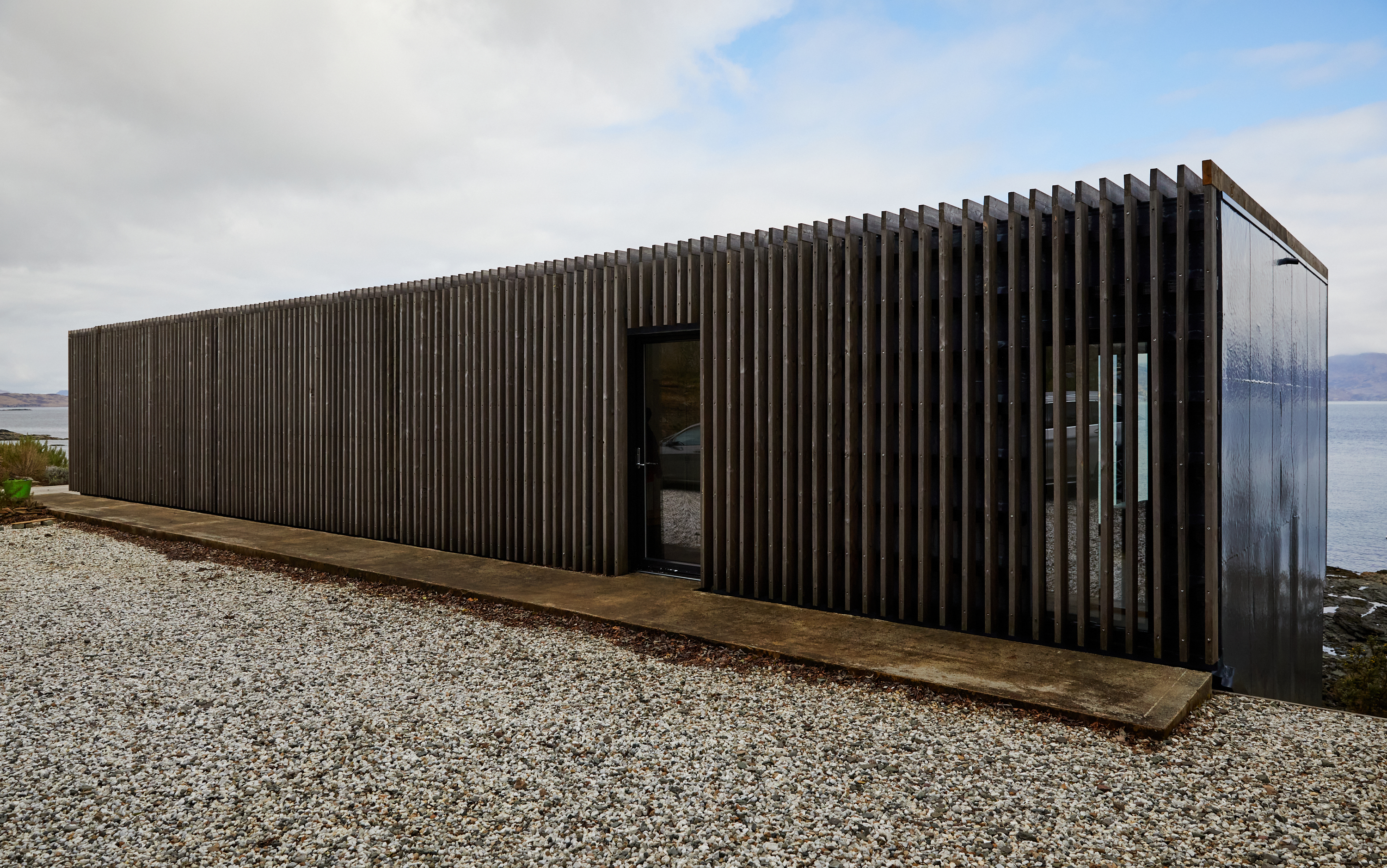
The New in Scotland includes new approaches to architecture. Clean lines and modern spaces with buildings that accent the land. The interiors don’t forget why you came here in the first place, the beautiful landscapes.
These actions have knock on effects for other industries as well, dining, entertainment, architecture and so on. These represent some of the more interesting developments that Scotland has seen. Once known for dreary food, Scotland has really stepped up. The island of Skye, itself has multiple restaurants that have received michelin stars in recent years. One is a new trendy style restaurant, like Loch Bay Restaurant and then also a classic Scotish Lodge like Kinloch Lodge, the old and new alike.


Elsewhere in hospitality, the phenomenon of Airbnb is well known, Local entrpreneurs all over the world have been newly motivated to renovate and rehabilitate buildings nearly forgotten about. The remote locales of Scotland are no exception. Our Isle of Skye Airbnb was the perfect presentation of a vintage highlands cottage, replete with Sheep, and one friendly one, Johanna who liked head scratches and to serve as a guard to our front door at night.
